Inbox and Environment News: Issue 444
March 29 - April 4, 2020: Issue 444
Warm Fuzzy Cuddles: Mitch And M.J. - Wombats At Sydney Wildlife Waratah Park Talk To You- For Littlies (& Biggies Too)
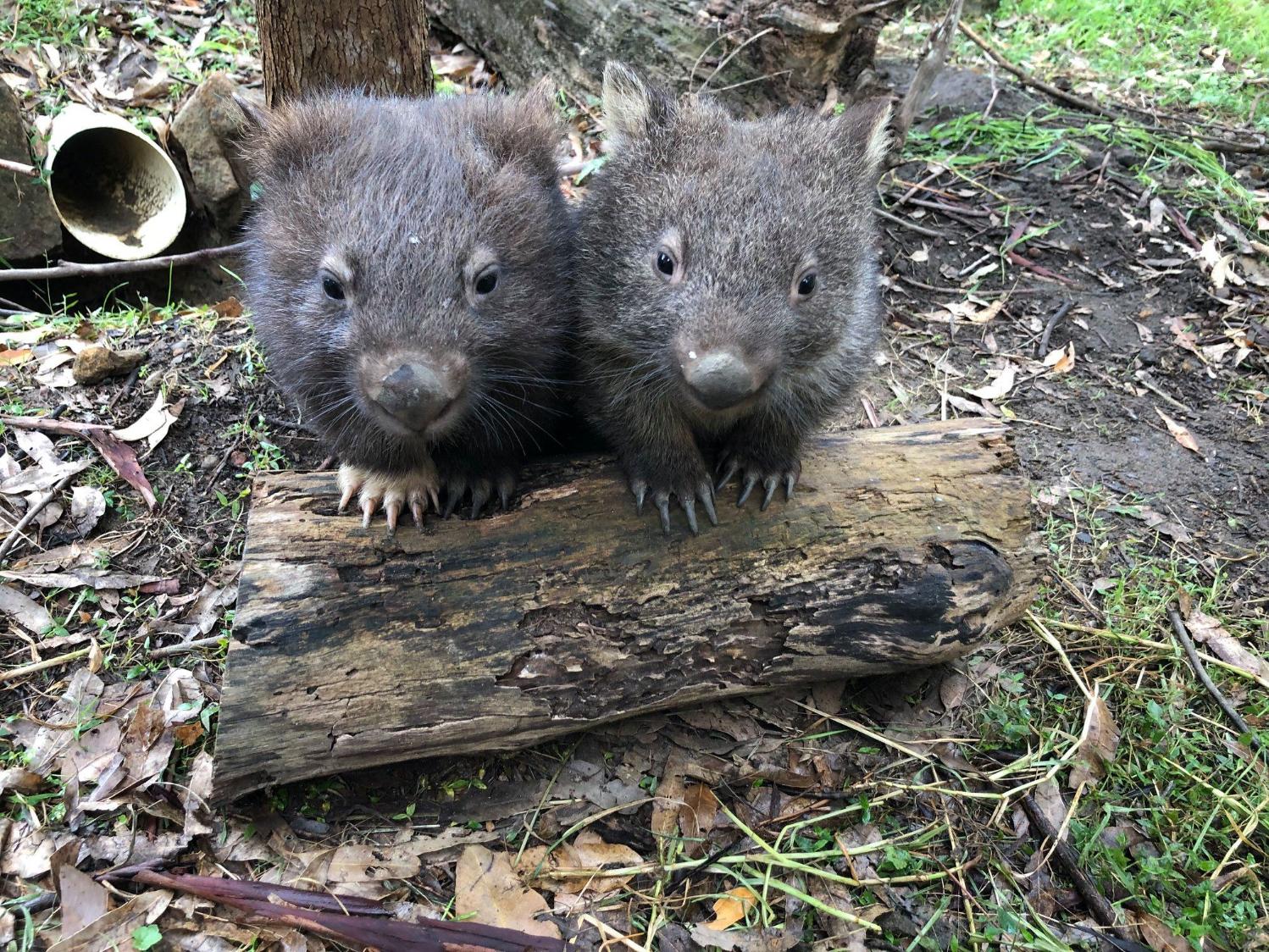
One wombat, in care with another Sydney Wildlife volunteer, answered he was just 'lounging around on his human'.
Another from a lady who took a stroll through Warriewood wetlands by herself to get some photos of birds to which Mitch and MJ replied 'we totally understand the need to get out and go out to play! Enjoy your walk - love Mitch and MJ' and posted a photo of themselves from a few weeks ago when they were in a baby pen on the Sydney Wildlife Mobile Care Unit Facebook page.
Even one from some kangaroos also in care who said 'I see you two wombats and raise you two kangaroos acting like humans and observing safe social distancing while they’re at it!':
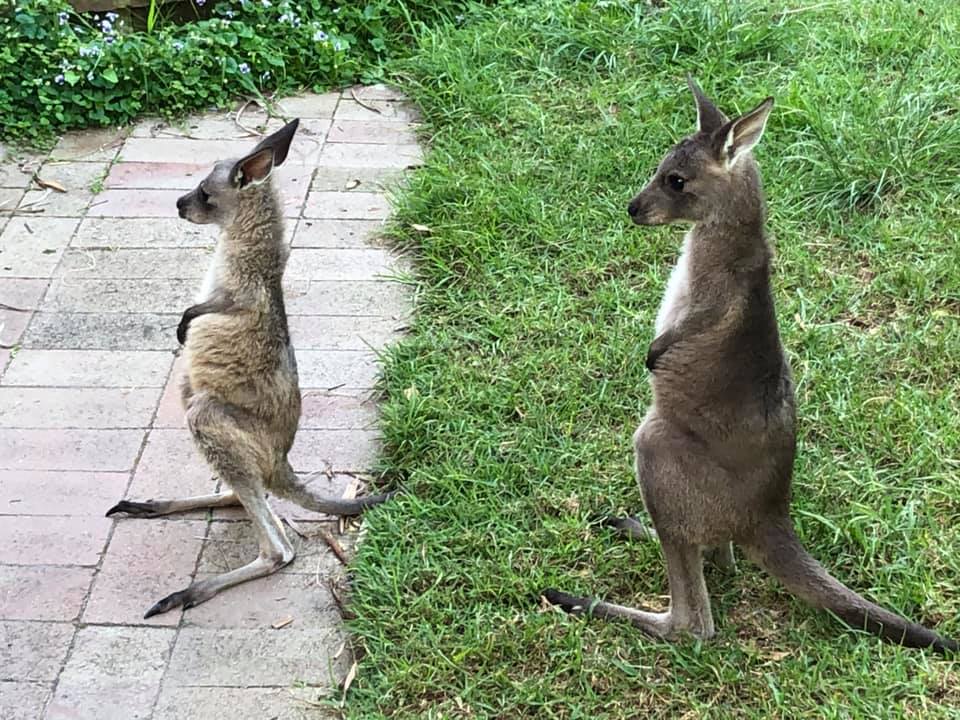
They have really been cheering people up!
Autumn In Pittwater 2020
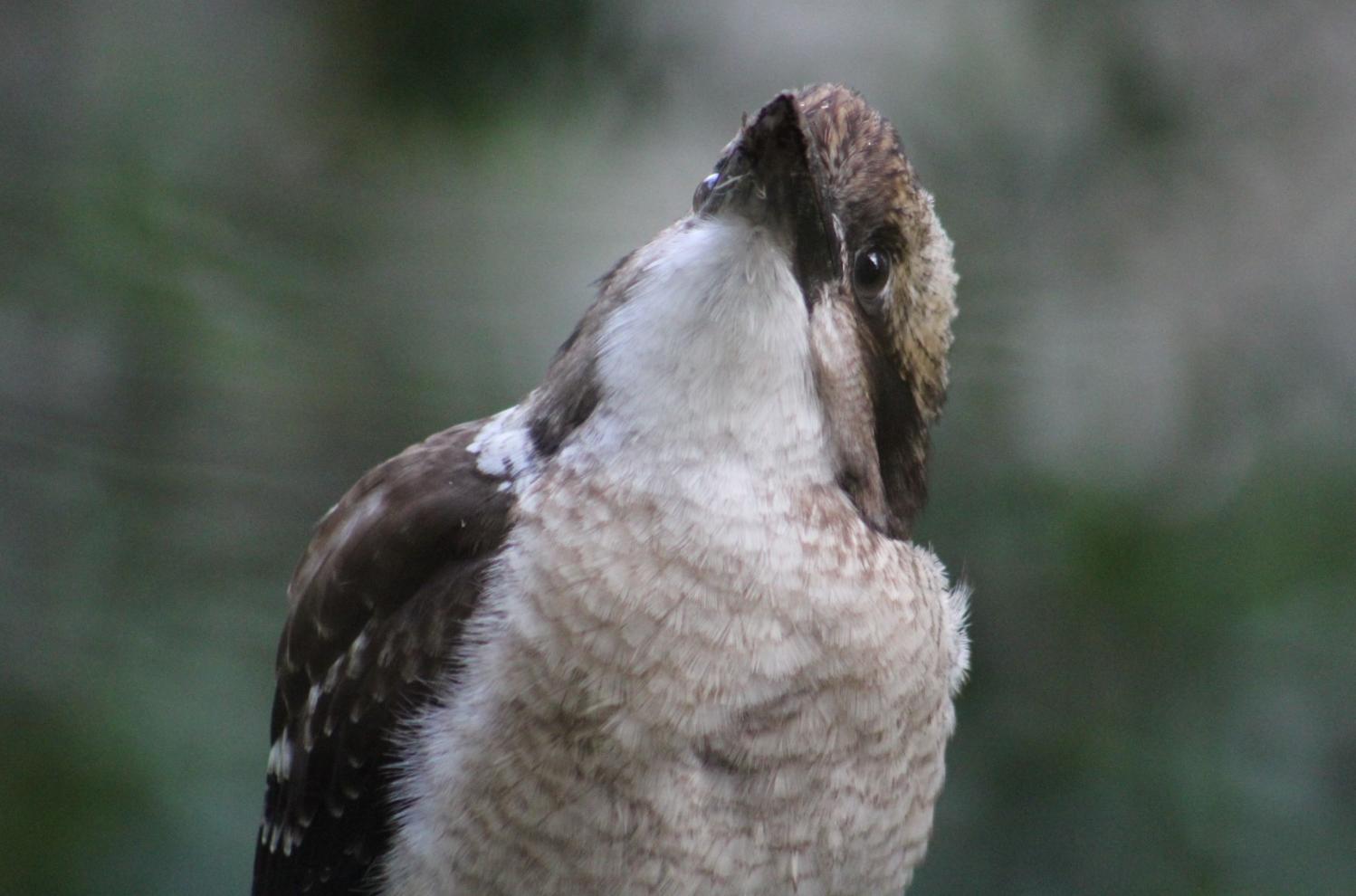
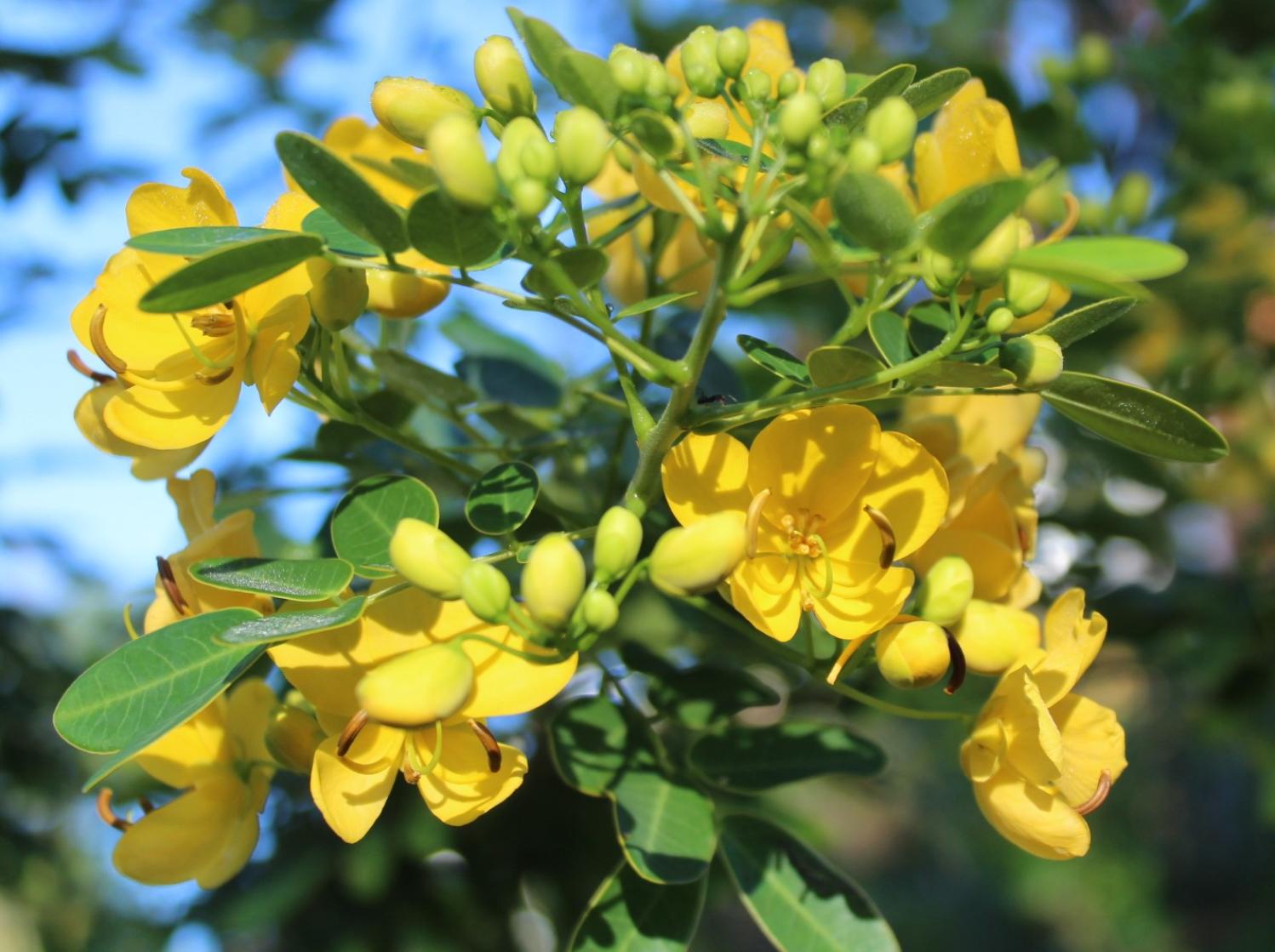
NSW NPWS Closes Campgrounds And High Visitation Areas
- Campgrounds closed in line with the Government Public Health Order from 26 March 2020
- Visitor centres, cafes and high visitation areas will be closed from 26 March 2020
- Historic sites will be closed from 26 March 2020 (except for permanent residents)
- All visitors with bookings impacted by the closures will be contacted to arrange full refunds.
Closed Areas: Ku-Ring-Gai Chase National Park - Visitor Precincts Closed
- All large picnic shelters
- All barbeque facilities
- All playgrounds
- Brooklyn Dam Campsites
Barrenjoey Lighthouse
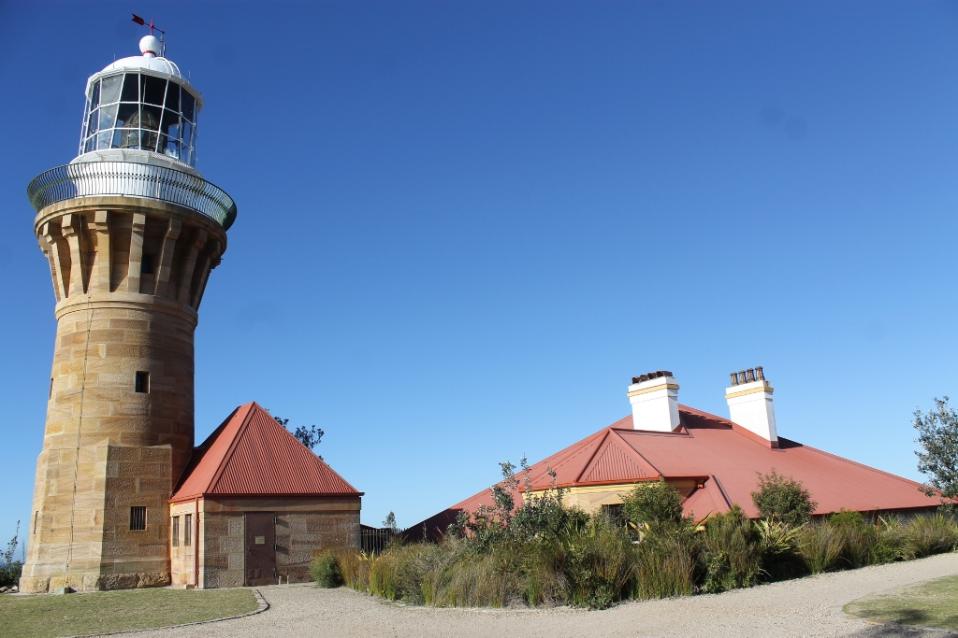
Forestville Office Is Closed Until Further Notice
Closed Areas: Collins Flat Beach Closed On Weekends
- Fairfax lookout, North Head
- North Head
Middle Head Office Closed Until Further Notice
- Middle Head
- Middle Head
- Fairfax lookout, North Head
- North Head
Even If The Parks Are Closed You Can Still Go Google Trekking
A few years ago Pittwater Online shared some great news about the state government working with Google in what is called 'Google Trekker' - our own local MP, Rob Stokes, Member for Pittwater was the State Environment Minister at that time, so it was great to hear about this first-hand from him - he loves the great outdoors!
Back in June 2014 the work began of mapping our National Parks - by actually walking through them with a camera - this is what the ranger walking with the camera looked like - they started with doing 16 parks to begin with:
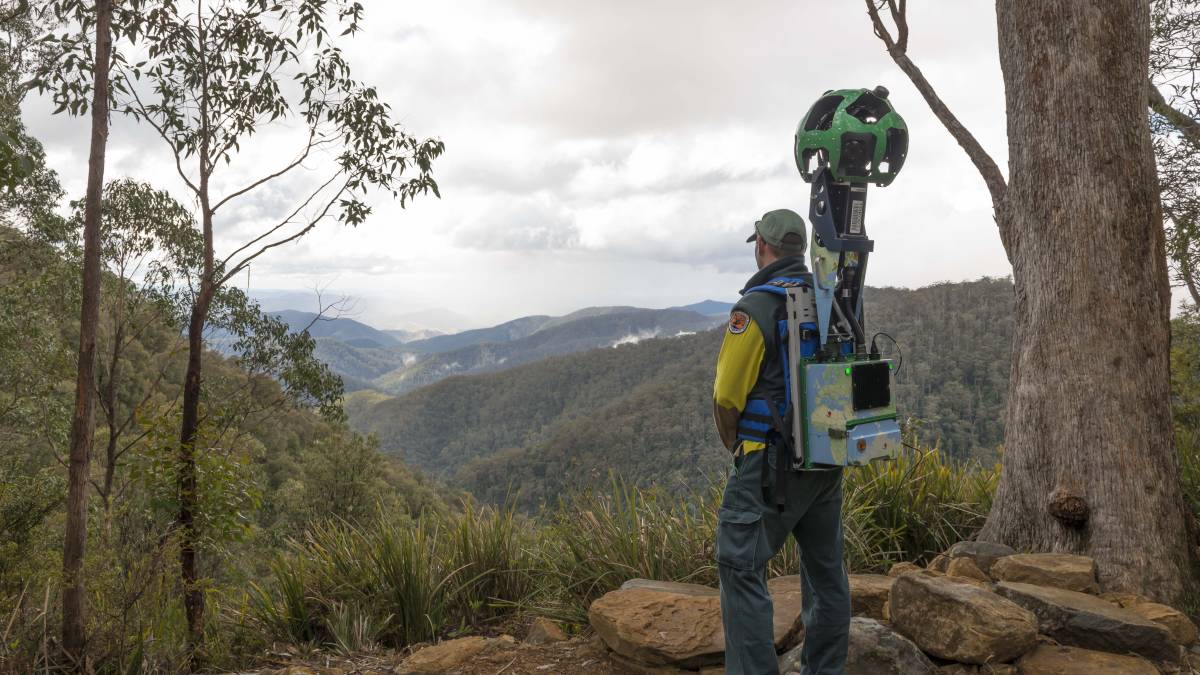
OEH - NPWS photo
Then in November 2014 Environment Minister Rob Stokes launched Google Street View imagery of some of the most picturesque and visited national parks in NSW.
Mr Stokes said the NSW National Parks and Wildlife Service is the first organisation in Australia to be part of the Google program, which sees organisations borrow the Trekker technology to collect imagery of hard to reach places and help map the world.
“NPWS have captured 360-degree imagery of 25 parks from Kosciuszko to Cape Byron, covering over 400 kilometres of walking tracks and 700 kilometres of roads and trails,” Mr Stokes said then.
“This new service means people can scope out walks before they travel, or get a glimpse of places they would otherwise find inaccessible.
“People who have been unable to make it to the bottom of that gorge or the top of that ridge can now see all the sites our national parks have to offer.
"In conjunction with the NSW National Parks website, this imagery will give people another great way to plan their park visits, check walking tracks for suitability and learn about the area beforehand.
“We have a lot to be proud of in NSW with some of the most beautiful and remote places on the planet.
“These maps will ensure people who may not have the ability to walk in some of these popular locations will still have the opportunity to experience our vast natural beauty from their lounge rooms on the other side of the world.”
Basically, Google Trekker allows you to explore our National Parks as though you were on their bush tracks. You can Discover new places with a virtual tour of walking tracks, lookouts and campgrounds on the coast, deep within rainforests, and even in Outback NSW. You can get 360 degree views of these incredible landscapes and go on your own virtual adventure.
Working in partnership with Google, NSW National Parks (NPWS) has captured imagery in over 50 national parks using Google's special backpack-mounted trekker. With more than 1350km of Google Trekker footage, there are hundreds of experiences to discover.
You can also visit beautiful and historic places all over the world via Google Trekker - but let's start with places around us to begin with.
Where would you like to visit today?: Here are some of our favourite Street View virtual tours - just click on the links to take a look around for yourself
Sydney and Surrounds
- Aboriginal Heritage walk in Ku-ring-gai Chase National Park
- Barrenjoey Lighthouse and Headland in Ku-ring-gai Chase National Park
- Bouddi Coastal walk in Bouddi National Park
- Bradleys Head to Chowder Bay walking track in Sydney Harbour National Park
- Cliff Top walking track in Blue Mountains National Park
- Henry Head walking track in Kamay Botany Bay National Park
- O'Hares Creek lookout in Dharawal National Park
- The Coast track in Royal National Park
North Coast NSW
- Barrington trail in Barrington Tops National Park
- Cape Byron walking track in Cape Byron State Conservation Area
- Crowdy Gap campground in Crowdy Bay National Park
- Pinnacle walk and lookout in Border Ranges National Park
- Tomaree Head summit walk in Tomaree National Park
- Sea Acres Boardwalk in Sea Acres National Park
- Yuraygir coastal walk in Yuraygir National Park
South Coast NSW
- Light to Light walk in Ben Boyd National Park
- Montague Island walking track in Montague Island Nature Reserve
- Pigeon House Mountain Didthul walking track in Morton National Park
- Pretty Beach to Snake Bay walking track in Murramarang National Park
- Robertson lookout in Illawarra Escarpment State Conservation Area
- White Sands walk and Scribbly Gum track in Jervis Bay National Park
Country NSW
- Belougery Split Rock walking track in Warrumbungle National Park
- Breadknife and Grand High Tops walking track in Warrumbungle National Park
- Kanangra Boyd lookout in Kanangra-Boyd National Park
- The Lookdown lookout in Bungonia National Park
- West Rim walking track in Morton National Park
Snowy Mountains- Kosciuszko National Park
- Jillabenan Cave at Yarrangobilly Caves
- Kosciuszko walk - Thredbo to Mount Kosciuszko
- Mount Kosciuszko summit walk
- Perisher
- Snow Gums Boardwalk
- South Glory Cave at Yarrangobilly Caves
- Thredbo Alpine Village
Outback NSW and Murray-Riverina
- Mungo self-guided drive tour in Mungo National Park
- Valley of the Eagles walk in Gundabooka National Park
- Walls of China in Mungo National Park
Please note: The backpack-mounted trekker has been specifically designed to go off the grid. Occasionally, trained NPWS staff take Google Trekker into ecologically sensitive areas so we can give you a peek of places you would otherwise never see.
When you explore these walking tracks for yourself, remember to always to stay on marked tracks, so we can continue to protect these special places for generations to come.
13 Fold Increase In Land Clearing Approvals In NSW Since 2016 Law Changes: Secret Government Report
March 27, 2020
There has been a 13 fold increase in land clearing approvals in NSW since controversial land clearing law changes were introduced in 2016, according to a secret report obtained by Independent NSW MP Justin Field who has labeled it as evidence of a “catastrophic failure” of land management under the NSW Nationals.
The report, undertaken by the NSW Natural Resources Commission, was commissioned by the NSW Premier in January 2019, just before the last NSW State Election, and was handed to the Government in July 2019.
The report found that:
- In 2018/19, over 37,000 hectares were approved to be cleared. This is almost 13 times the annual average rate of approval in the ten years prior to 2016/17 of approx 2,700 hectares (p6).
- Land clearing approvals almost doubled between Q4 2018 (25,247 hectares) and Q1 2019 (43,553 hectares) just after the most controversial element of the land clearing reform, the Codes, commenced in March 2018 (p4).
- There was 7,100 hectares of ‘unexplained’ clearing over 6 months (August 2017 - January 2018) representing almost 60% of all land clearing. (pp4,5)
- Nine of eleven regions in NSW are setting aside significantly less than the area approved for clearing (between 6 and 69 percent of the area approved to be cleared). When the reforms were introduced it was intended that two to four times the area approved for clearing would be set aside (p6)
- 9 of 11 regions are considered a “high biodiversity risk” with high rates of clearing being undertaken under provisions to allow for “thinning for pasture expansion”. The report describes clearing under this rule as presenting a “state-wide risk to biodiversity” and that the “policy intent of the reforms is not being achieved” (pp4,6)
- The Government has failed to finalise key elements of the 2016 reform including the Native Vegetation Regulatory Map and a coordinated Monitoring, Evaluation and Reporting program (p4).
See table below of key findings assessed against proposed evaluation targets recommended in the report.
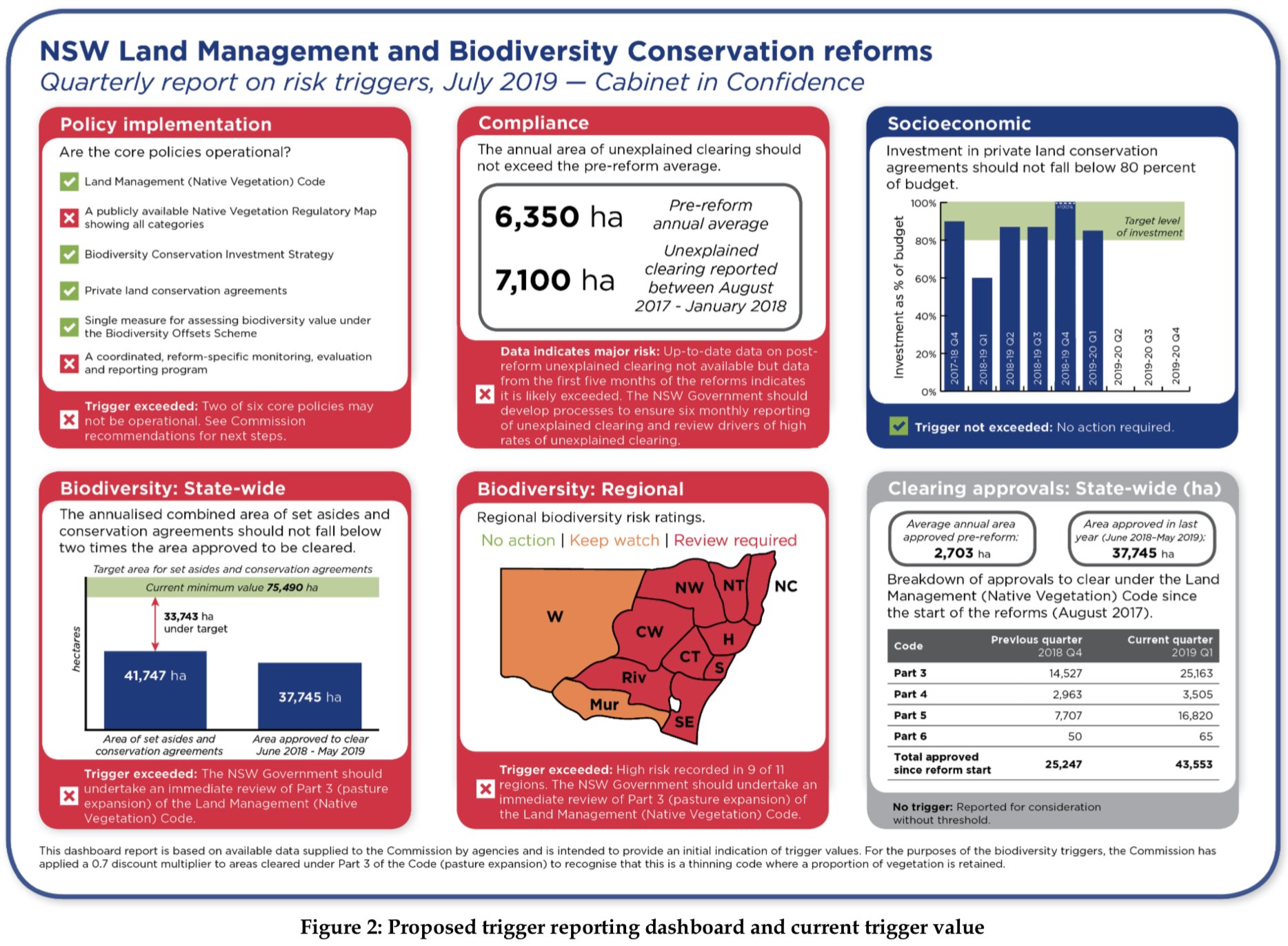
Independent NSW MP Justin Field, who has been pursuing this report through the Parliament since its existence was confirmed in September 2019, said:
“This report makes clear that the management of natural resources under the NSW Nationals have been a catastrophic failure that has led to seemingly unrestrained land clearing approvals and an increase in unexplained clearing across the majority of the state.
“It is unacceptable and unforgivable that the Government has been sitting on findings for nine months that show their own laws present a “state-wide risk to biodiversity” while land clearing has been allowed to continue at record levels.
“Our wildlife and the native forests, woodlands and grasslands they rely on have been savaged by the drought and fires and the Government has known its land clearing laws were making that worse.
“This sends a terrible message to landholders who are trying to do the right thing, and who understand the value of protecting biodiversity on the land, when they see the Government allow rampant clearing across the state.
“We know that protecting native vegetation reduces the impacts of erosion and salinity, improves water retention and soil health on farms. Clearing can benefit one farm but on a large scale it degrades the land and costs our agricultural industries.
“New approvals for land clearing and the “pasture expansion thinning” rules should be paused until the NRC’s recommendations are implemented in full.
“I’m concerned that in the current COVID-19 crisis unacceptable rates of land clearing are going to continue unabated and without enforcement.
"I’m calling for the statute of limitations on prosecutions for illegal land clearing to be suspended until the public can be reassured that investigations and enforcement is able to proceed unhindered. It would be too easy for those landholders who have done the wrong thing to try to drag out the investigation process to avoid prosecution.
Related: Natural Resources Commission - ANNUAL PROGRESS REPORT - FOREST MONITORING AND IMPROVEMENT PROGRAM - released February 2020
Weed Cassia Now Flowering: Please Pull Out And Save Our Bush

Eucalypt Of The Year 2020: Illyarrie, Eucalyptus Erythrocorys
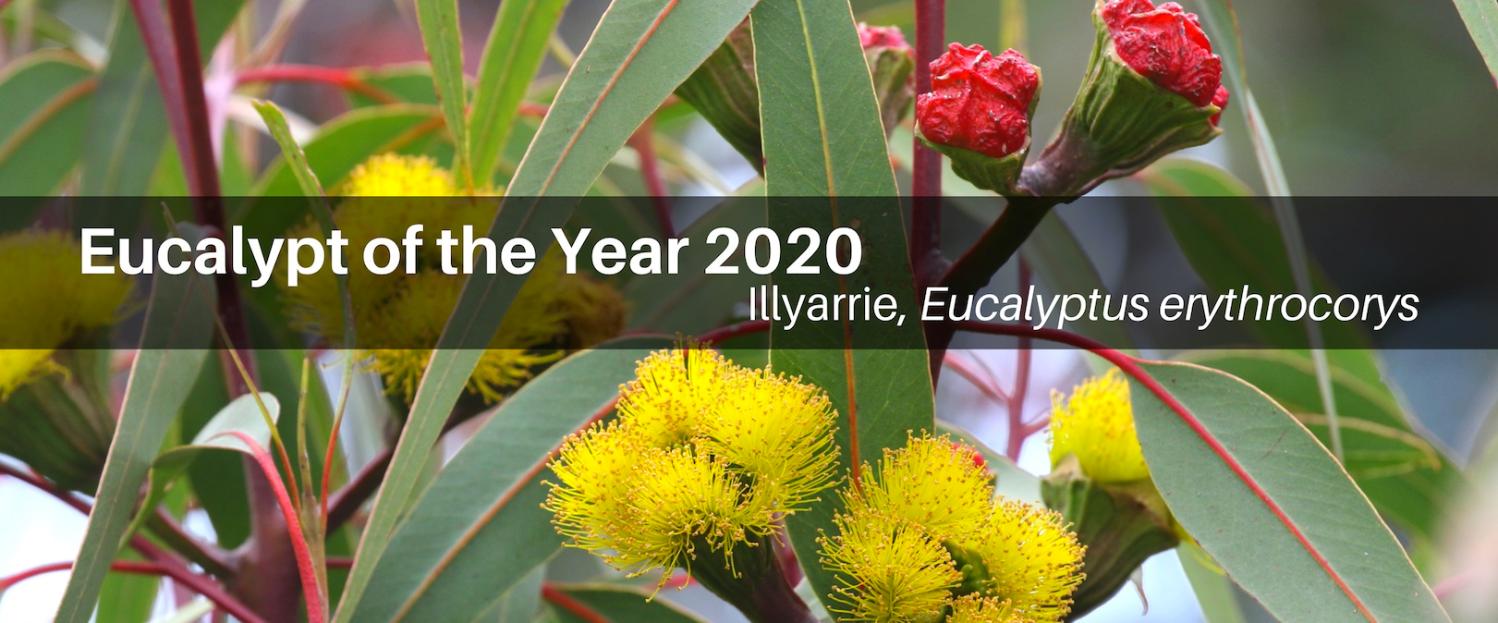
The Centurion
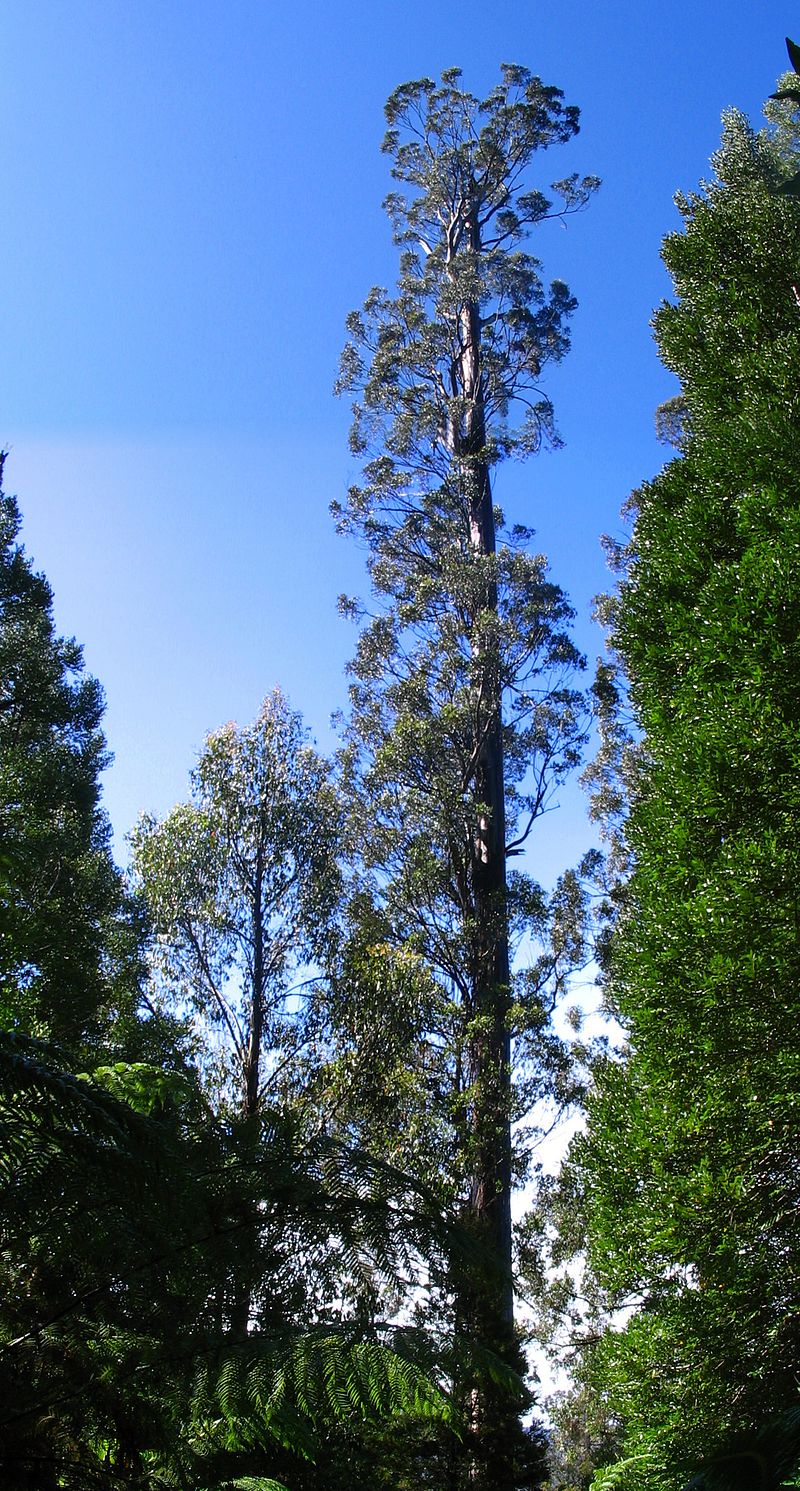
This Bizarre Floating Gadget Could Save Seabirds' Lives
March 26, 2020
By Yann Rouxel, BirdLife International Marine Programme
Many seabirds meet their end accidentally tangled in fishing nets. In a brand new approach to this problem, our Partners are studying the way seabirds detect predators, in a bid to use the same techniques to keep them away from netting.
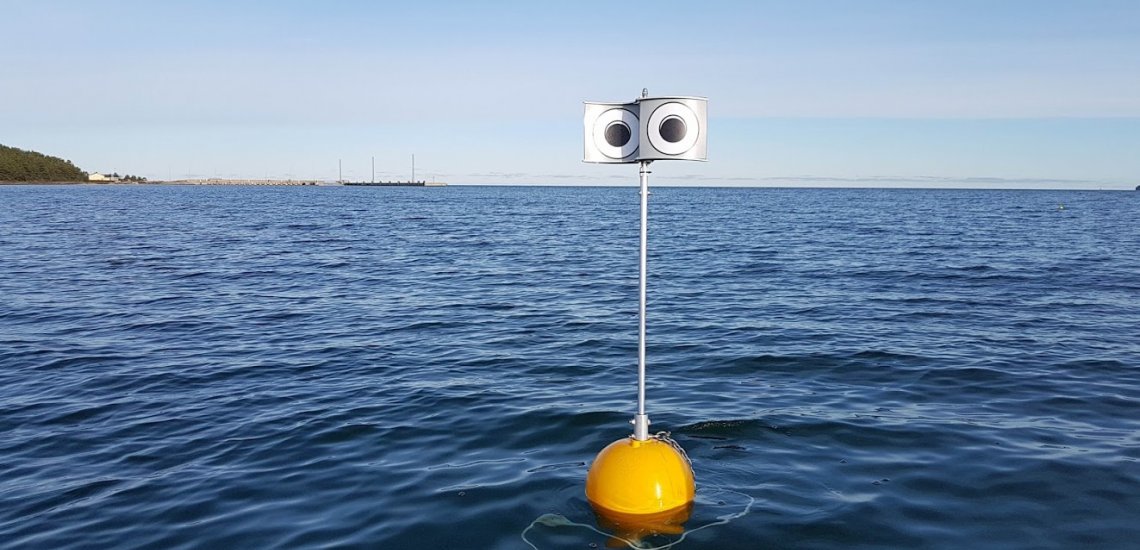
The "looming-eyes buoy" is currently being trialled in Estonia © Andres Kalamees
Imagine you’re a Long-tailed Duck, and you see a fish in the water right underneath you. You dive towards it, looking forward to a tasty meal. But as you catch it in your beak, you hit a wall of near-invisible netting, meeting the same fate as the fish you’re trying to eat.
This is a danger that many seabirds face every day. Many modern ‘gillnets’ – vertical sheets of netting held up by floating buoys, which trap passing fish by the gills – are made of monofilament nylon that is practically invisible underwater. This material is widespread in fisheries around the world, and particularly popular among small-scale fishers owing to its low cost. Understandably, these nets pose a high risk of entanglement to many marine animals, including diving seabirds foraging nearby.
To the general public, ingesting plastic may be one of the most well-known threats to seabirds; yet an estimated 400,000 seabirds are killed each year through accidental ‘bycatch’ in fishing nets. The problem spans across the avian world: nearly 150 different seabird species thought to be susceptible to this danger.
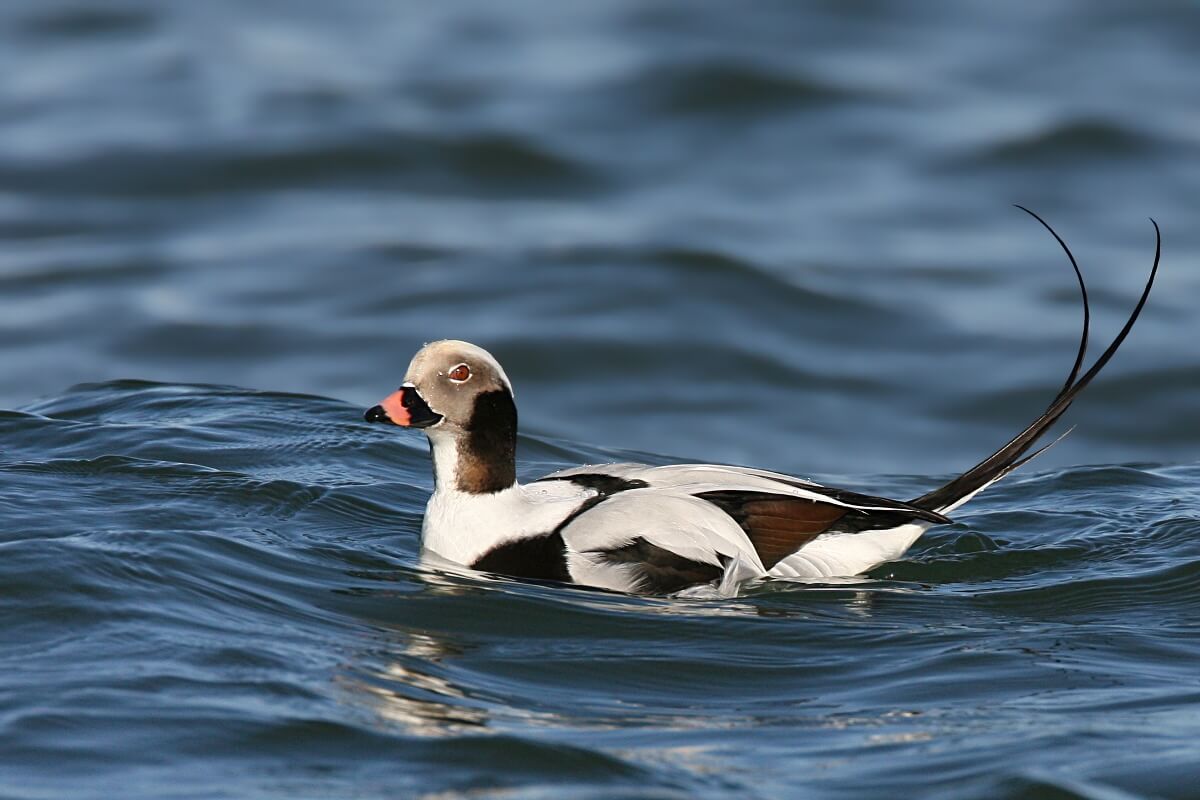
The Long-tailed Duck is Vulnerable to extinction, largely due to 'bycatch' in nets © Wolfgang Wander
To tackle this issue, researchers and conservationists including the RSPB (BirdLife in the UK) have for many years been exploring the potential to make gillnets more visible to birds underwater, through modifications to the nets, or adding devices such as high-contrast panels or LED lights. However, given the challenges of the underwater environment, where even marine birds have reduced vision, as well as the need to avoid warding off the fish themselves, underwater strategies have had – to date – limited success.
It was high time for a new approach. Researchers went back to the drawing board, asking simple questions: What do diving seabirds see? How do they forage? What do they avoid? With the help of animal behavioural ecologists and informed by tracking data, we realised the answer could lie in preventing birds from coming near the gillnets at all.
With this in mind, we looked into the scientific literature to find a response to our question: What could prevent birds from diving near gillnets in the first place? Thankfully, nature – as it often does – offered some hints. The conspicuous ‘eyespots’, which are found on many creatures such as butterflies, can evoke an avoidance response in many bird species. Similarly, looming movements have been found to trigger a collision-risk signal in birds’ brains, making them move away. On land, the combination of these two visual stimuli (i.e. eyes appearing to move towards a bird) has resulted in significant escape responses in several bird species.
To adapt this technique to the marine environment, we developed a floating buoy that displays large, obvious ‘looming-eyes’ that can be seen from a long way off. As the buoy bobs in the water, the tall pole sways conspicuously, and the eyes rotate in the wind. We called it the Looming-eyes buoy (LEB), or more affectionately, ‘The Bobby’.
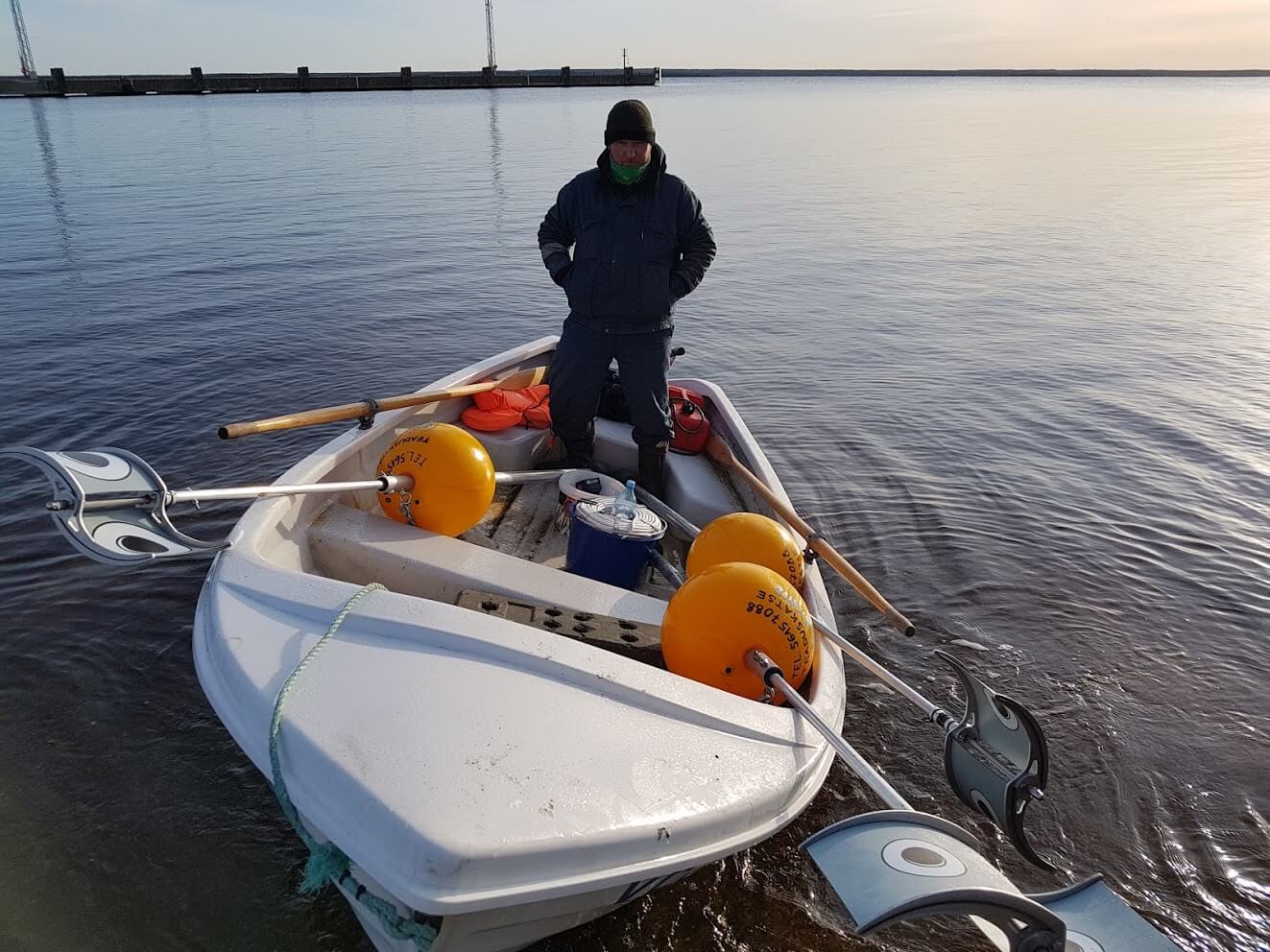
The device prevents birds from approaching before they even dive underwater © Andres Kalamees
Since February 2020, we have been working with our Partner the Estonian Ornithological Society to test the effect of this new device on birds out at sea. Trials are currently ongoing in Küdema Bay protected area, off the Estonian island of Saaremaa. The bay attracts large concentrations of wintering seabirds, including the Long-tailed Duck Clangula hyemalis and Steller's Eider Polysticta stelleri, both of which are Vulnerable to extinction, largely due to bycatch. Researchers are monitoring the behaviour of any seabird that enters within 50 metres of the ‘Bobbys’, compared to an area containing regular fishing buoys. No gillnets are present in either location, making the experiments completely safe for the birds. If these trials prove successful, the ‘Bobbys’ could be rolled out commercially, revolutionising bycatch prevention and saving seabird lives in gillnet fisheries across the world.
This project is made possible thanks to the support of the National Geographic Society, as well as the Baltic Sea Conservation Foundation for the development and production of the LEB prototypes.
No Beach Driving Or Camping At Samurai Beach And Worimi Conservation Lands
March 27, 2020
Temporary measures in place as of 26 March 2020.
The National Parks and Wildlife Services (NPWS) has temporarily closed beach-vehicle driving at Samurai Beach and Worimi Conservation Land’s (WCL) beachfront north of Newcastle as part of the state’s COVID-19 response.
The move is in line with state-wide closures of all NPWS campgrounds and some high-use day visitor areas in national parks across NSW.
The bans and closures are in response to tighter Australian and NSW Government health directives on social distancing and non-essential travel to prevent the transmission of COVID-19 in the wider community, and to support social distancing to protect against the spread of COVID-19.
The ban includes prohibiting vehicles from accessing the beach and people camping on Samurai Beach and Worimi Conservation Lands, including the Ganyamalbaa Camping Area. Vehicles are also banned from the designated Recreational Vehicle Area. The ban takes effect from Thursday 26 March 2020 until further notice.
All visitors with camping bookings impacted by the closures will be contacted to arrange full refunds.
For a full list of impacted High Visitation Areas please visit COVID-19 update
Both Samurai and Worimi Conservation Lands beaches remain open to the public and people can access the beach by walking.
All roads through national parks remain open. Most walking tracks and trails will also remain open and visitors should observe necessary social distancing with others while using pathways and other facilities to maximise their safety.
Check websites for updates
As this is a rapidly changing situation, we ask visitors to check our website regularly for updates COVID-19 update.
For more information about COVID-19 in NSW and how to protect yourself and the community, please visit the NSW Health website.
For further information or updates about NSW National Park closures visit National Parks and Wildlife Service or for Worimi Conservation Lands visit Worimi Conservation Lands
Rising To The 2020 Challenge
March 27, 2020: Australian Wildlife Conservancy
2020 is off to a challenging start, but our hard work and progress continues in the field.
Despite drought, fire, floods and a pandemic, we remain committed to building upon the incredible achievements of 2019, made possible by our generous supporters.
Paving the way for an ambitious 2020, some truly incredible milestones were achieved in 2019 for Australia’s wildlife and habitat:
- Our total conservation area (managed alone or in partnership) expanded to 6.5 million hectares.
- A new and innovative partnership with Bullo River Station was established, delivering a positive return on investment for both a commercial pastoralist and wildlife.
- A new partnership with Wilinggin Aboriginal Corporation began, delivering conservation across 1.73 million hectares (4.3 million acres) of the Kimberley.
- 9,400 hectares at Newhaven Wildlife Sanctuary was declared completely free of feral cats and foxes.
- 9,570 hectares was protected by a new fence at Mallee Cliffs National Park, in partnership with the NSW National Parks and Wildlife Service as part of the NSW Government’s Saving our Species program.
- Mala were released into the Stage 1 (9,400 hectares) feral cat and fox-free area at Newhaven Wildlife Sanctuary.
- Bridled Nailtail Wallabies were reintroduced to the Pilliga State Conservation Area, as part of the NSW Government’s Saving our Species program.
- In partnership with NSW NPWS, Bilbies were restored to Mallee Cliffs National Park, a century after going regionally extinct – another project completed as part of the NSW Government’s Saving our Species program.
- Additional Eastern Pygmy Possums and Brown Antechinus were released at North Head in Sydney, under our partnership with the Sydney Harbour Federation Trust.
- Additional Red-tailed Phascogales, Greater Stick-nest Rats and Western Barred Bandicoots were released at Mt Gibson Wildlife Sanctuary.
- AWC ecologists and volunteers carried out more than 223,000 trap nights.
- AWC scientists undertook or hosted over 100 scientific research projects.
- 10,976 feral herbivores removed.
- 235 feral cats removed.
The scale of our activities over the past 12 months demonstrates the positive impact donations are making in the field.
Looking forward, we are focused on achieving more fantastic outcomes in 2020 – despite the enormous challenges we all face at this time.
We will continue to run Australia’s largest (non-government) feral animal control, field science and fire management programs as priorities.
With our 2020 burn plans now complete, AWC land managers and Indigenous partners have already started prescribed burning in northern Australia, aiming to minimise destructive wildfire across more than 7 million hectares.
2020 will also see our network of fenced feral-free refuges expand.
Plans are underway to construct a feral-free refuge in north Queensland to protect Northern Bettongs, while a 13.8 hectare fenced area has been constructed to protect endangered Kangaroo Island Dunnarts in partnership with Kangaroo Island Land for Wildlife and the Doube family.
Please Help Sydney Wildlife Rescue: Donate Your Cans And Bottles And Nominate SW As Recipient
You can Help Sydney Wildlife help Wildlife. Sydney Wildlife Rescue is now listed as a charity partner on the return and earn machines in these locations:
- Pittwater RSL Mona Vale
- Northern Beaches Indoor Sports Centre NBISC Warriewood
- Woolworths Balgowlah
- Belrose Super centre
- Coles Manly Vale
- Westfield Warringah Mall
- Strathfield Council Carpark
- Paddy's Markets Flemington Homebush West
- Woolworths Homebush West
- Caltex Concord road Concord West
- Bondi Campbell pde behind Beach Pavilion
- Westfield Bondi Junction car park level 2 eastern end Woolworths side under ramp
- UNSW Kensington
- Enviro Pak McEvoy street Alexandria.
Every bottle, can, or eligible container that is returned could be 10c donated to Sydney Wildlife.
Every item returned will make a difference by removing these items from landfill and raising funds for our 100% volunteer wildlife carers. All funds raised go to support wildlife.
It is easy to DONATE, just feed the items into the machine select DONATE and choose Sydney Wildlife Rescue.
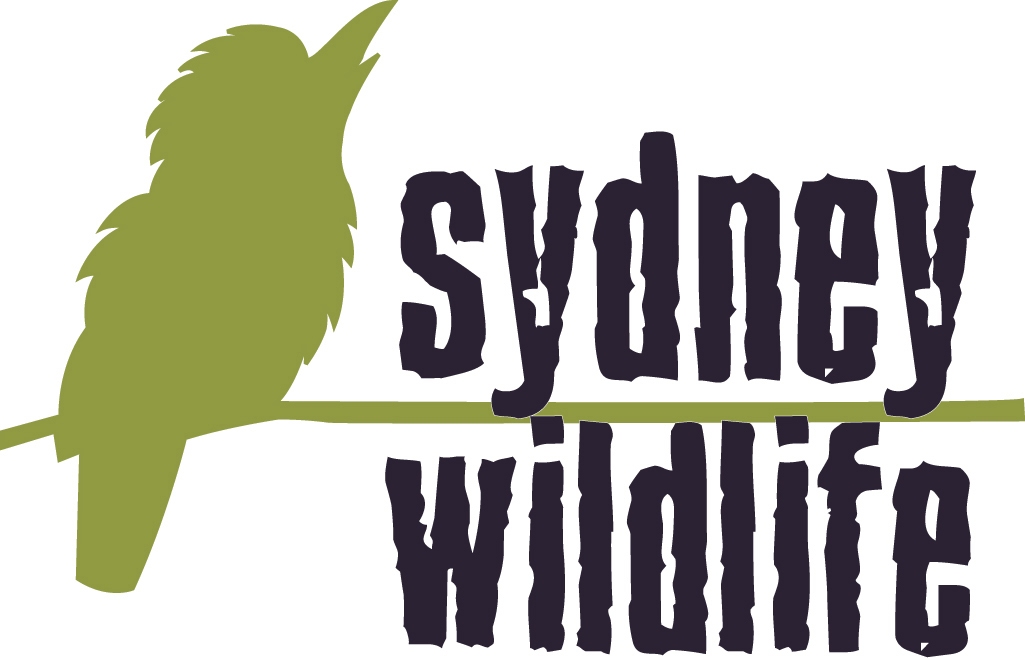
Temporary Suspension Of Bushcare Activities
Dear Bushcare Volunteers,
Due to the risk of Coronavirus (COVID-19) and acting on the advice and lead of NSW and Federal health authorities, Council has taken the precautionary decision to suspend all Bushcare volunteer programs effective immediately for a period of 4 weeks. This decision will be reviewed in two weeks’ time.
This means there will unfortunately be no Bushcare Volunteer sessions until further notice.
The primary factor in this decision is your health and welfare as a volunteer and that of your supervisors.
We will be updating all of you on an ongoing basis as more information becomes available.
We plan to maintain our Bushcare Update on a regular basis, so if you would like to subscribe to the Bushcare Update, please let me know and I will add you to our database.
Thank you in advance for your understanding - we really appreciate how passionate you all are about our natural environment and valuable bushland.
We look forward to having the Bushcare program up and running again as soon as is safe and practical.
Michael Kneipp
Environmental Volunteers Coordinator
Northern Beaches Council
Bushcare In Pittwater
Where we work Which day What time
Avalon
Angophora Reserve 3rd Sunday 8:30 - 11:30am
Avalon Dunes 1st Sunday 8:30 - 11:30am
Avalon Golf Course 2nd Wednesday 3 - 5:30pm
Careel Creek 4th Saturday 8:30 - 11:30am
Toongari Reserve 3rd Saturday 9 - 12noon (8 - 11am in summer)
Bangalley Headland 2nd Sunday 9 to 12noon
Bayview
Winnererremy Bay 4th Sunday 9 to 12noon
Bilgola
North Bilgola Beach 3rd Monday 9 - 12noon
Algona Reserve 1st Saturday 9 - 12noon
Plateau Park 1st Friday 8:30 - 11:30am
Church Point
Browns Bay Reserve 1st Tuesday 9 - 12noon
McCarrs Creek Reserve Contact Bushcare Officer To be confirmed
Clareville
Old Wharf Reserve 3rd Saturday 8 - 11am
Elanora
Kundibah Reserve 4th Sunday 8:30 - 11:30am
 Mona Vale
Mona Vale Mona Vale Beach Basin 1st Saturday 8 - 11am
Mona Vale Dunes 2nd Saturday +3rd Thursday 8:30 - 11:30am
Newport
Bungan Beach 4th Sunday 9 - 12noon
Crescent Reserve 3rd Sunday 9 - 12noon
North Newport Beach 4th Saturday 8:30 - 11:30am
Porter Reserve 2nd Saturday 8 - 11am
North Narrabeen
Irrawong Reserve 2nd Saturday 2 - 5pm
Palm Beach
North Palm Beach Dunes 3rd Saturday 9 - 12noon
Scotland Island
Catherine Park 2nd Sunday 10 - 12:30pm
Elizabeth Park 1st Saturday 9 - 12noon
Pathilda Reserve 3rd Saturday 9 - 12noon
Warriewood
Warriewood Wetlands 1st Sunday 8:30 - 11:30am
Whale Beach
Norma Park 1st Friday 9 - 12noon
Western Foreshores
Coopers Point, Elvina Bay 2nd Sunday 10 - 1pm
Rocky Point, Elvina Bay 1st Monday 9 - 12noon
Gardens And Environment Groups And Organisations In Pittwater
Pittwater Reserves
Urban owls are losing their homes. So we're 3D printing them new ones
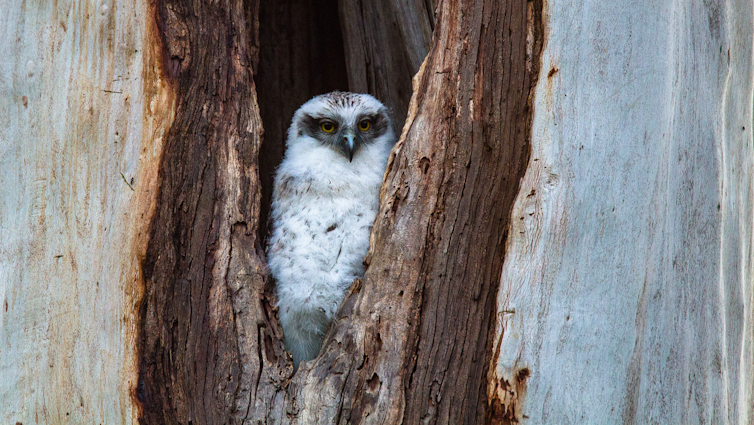
Native to southeastern Australia, the powerful owl (Ninox strenua) is threatened and facing the prospect of homelessness.
These birds don’t make nests – they use large hollows in old, tall trees. But humans have been removing such trees in the bush and in cities, despite their ecological value.
Read more: To save these threatened seahorses, we built them 5-star underwater hotels
Owls are lured into cities by abundant prey, with each bird capturing hundreds of possums per year. But with nowhere to nest, they struggle to breed and their population is at risk of declining even further.
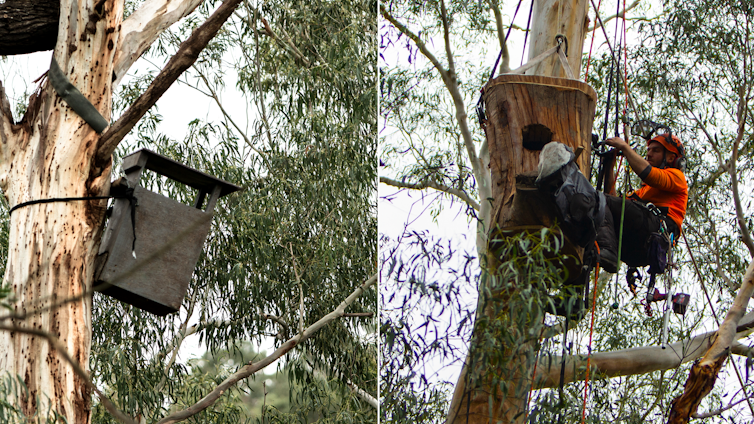
Conservationists tried to solve this problem by installing nesting boxes, but to no avail. A 2011 study in Victoria showed a pair of owls once used such a box, but only one of their two chicks survived. This is the only recorded instance of powerful-owl breeding in an artificial structure.
So as a team of designers and ecologists we’re finding a way to make artificial nests in urban areas more appealing to powerful owls. Surprisingly, the answer lies in termite mounds, augmented reality and 3D printing.
Bring In The Designers
Nesting boxes aren’t very successful for many species. For example, many boxes installed along expanded highways fail to attract animals such as the squirrel glider, the superb parrot and the brown treecreeper. They also tend to disintegrate and become unusable after only a few years.
Read more: The plan to protect wildlife displaced by the Hume Highway has failed
What’s more, flaws in their design can lead to overheating, death from toxic fumes such as marine-plywood vapours, or babies unable to grow.
Designers and architects often use computer modelling to mimic nature in building designs, such as Beijing’s bird’s nest stadium.
But to use these skills to help wildlife, we need to understand what they want in a home. And for powerful owls, this means thinking outside the box.
What Powerful Owls Need
At a minimum, owl nests must provide enough space to support a mother and two chicks, shelter the inhabitants from rain and heat, and have rough internal surfaces for scratching and climbing.
Traditionally, owls would find all such comforts in large, old, hollow-bearing trees, such as swamp or manna gums at least 150 years old. But a picture from Sydney photographer Ofer Levy, which showed an owl nesting in a tree-bound termite mound, made us realise there was another way.
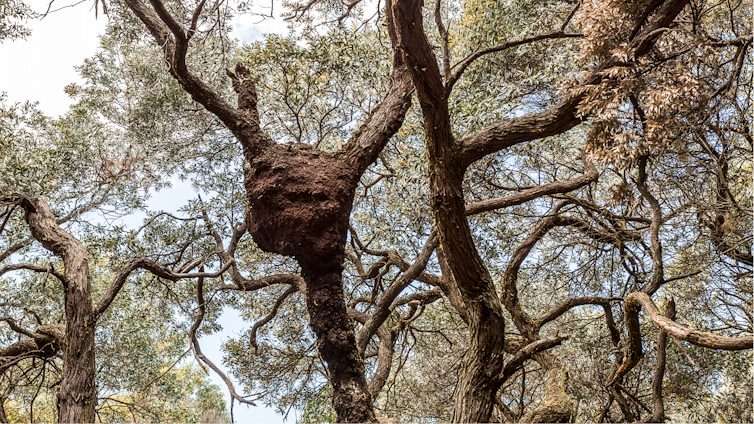
Termite mounds in trees are oddly shaped, but they meet all necessary characteristics for successful breeding. This precedent suggests younger, healthier and more common trees can become potential nesting sites.
A High-Tech Home
To design and create each termite-inspired nest, we first use lasers to model the shape of the target tree. A computer algorithm generates the structure fitting the owls’ requirements. Then, we divide the structure into interlocking blocks that can be conveniently manufactured.
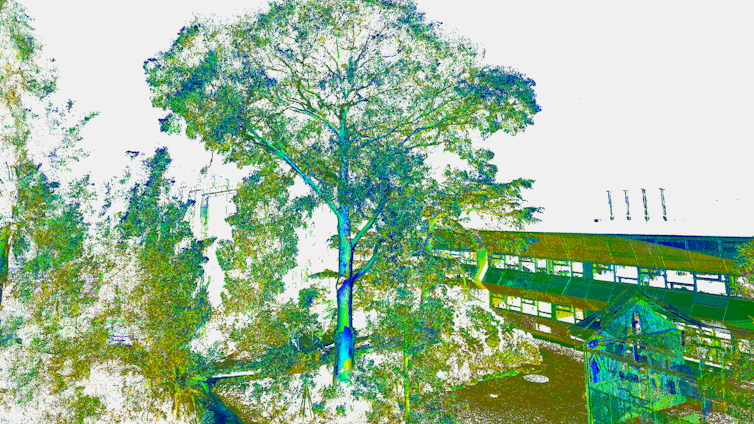
To assemble the nests, we use augmented-reality headsets, overlaying images of digital models onto physical objects. It sounds like science-fiction, but holographic construction with augmented reality has become an efficient way to create new structures.
So far, we’ve used 3D-printed wood to build one nest at the University of Melbourne’s System Garden. Two more nests made from hemp concrete are on the trees in the city of Knox, near the Dandenong Ranges. And we’re exploring other materials such as earth or fungus.
These materials can be moulded to a unique fit, and as they’re lightweight, we can easily fix them onto trees.
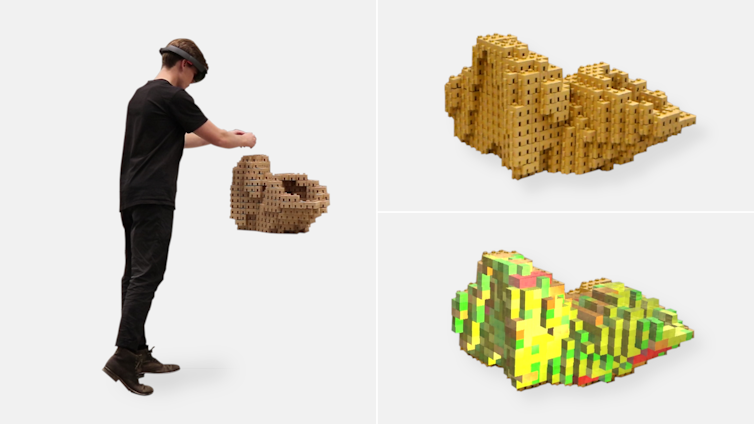
So Is It Working?
We are still collecting and analysing the data, but early results are promising. Our nests have important advantages over both traditional nesting boxes and carved logs.
This is, in part, because our artificial nests maintain more stable internal temperatures than nesting boxes and are considerably easier to make and install than carved logs. In other words, our designs already look like a good alternative.
Read more: B&Bs for birds and bees: transform your garden or balcony into a wildlife haven
And while it’s too early to say if they’ll attract owls, our nests have already been visited or occupied by other animals, such as rainbow lorikeets.
Future Homes For Animal Clients
Imagine an ecologist, a park manager or even a local resident who wants to boost local biodiversity. In the not-too-distant future, they might select a target species and a suitable tree from an online database. An algorithm could customise their choice of an artificial-nest design to fit the target tree. Remote machines would manufacture the parts and the end user would put the structure together.
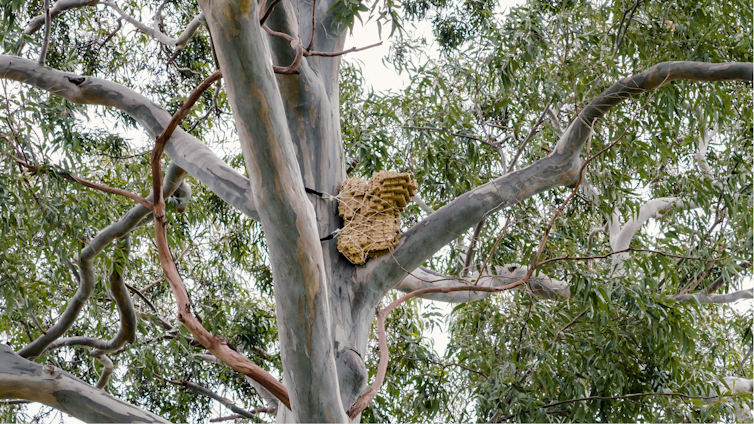
Such workflows are already being used in a variety of fields, such as the custom jewellery production and the preparation of dental crowns. It allows informed and automated reuse of scientific and technical knowledge, making advanced designs significantly more accessible.
Our techniques could be used to ease the housing crisis for a wide range of other sites and species, from fire-affected animals to critically endangered wildlife such as the swift parrot or Leadbeater’s possum.![]()
Dan Parker, PhD Candidate, University of Melbourne; Bronwyn Isaac, Lecturer, Monash University; Kylie Soanes, Postdoctoral Fellow, School of Ecosystem and Forest Sciences, University of Melbourne; Nick Bradsworth, PhD Candidate, Deakin University; Stanislav Roudavski, Senior Lecturer in Digital Architectural Design, University of Melbourne, and Therésa Jones, Associate Professor in Evolution and Behaviour, University of Melbourne
This article is republished from The Conversation under a Creative Commons license. Read the original article.
Australia's Icebreaker Arrives In Hobart After Final Antarctic Voyage
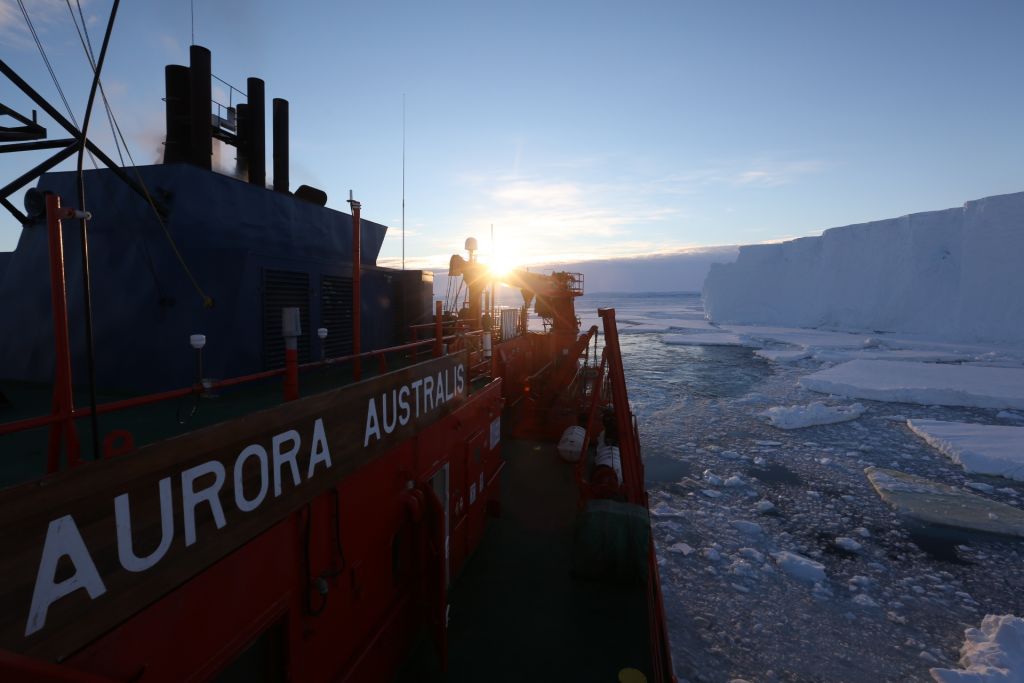
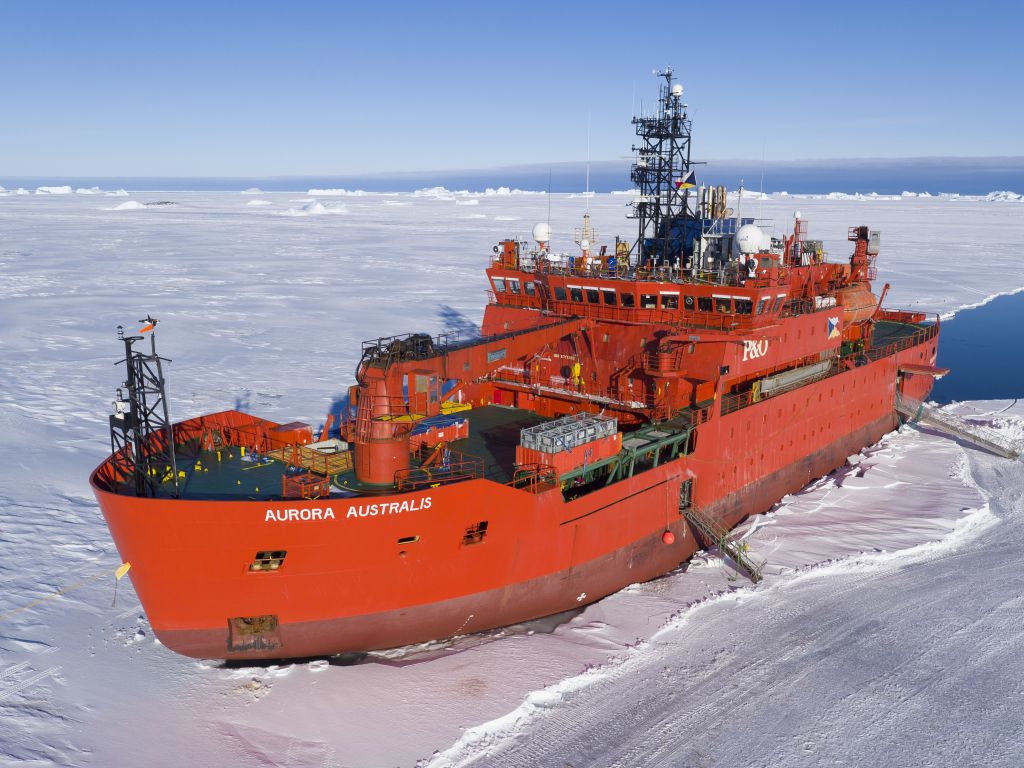
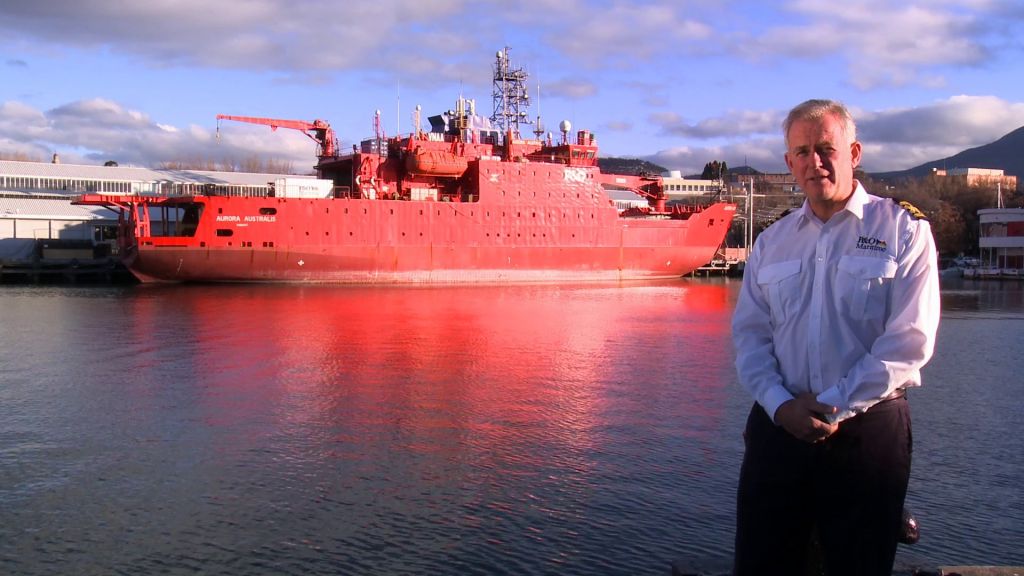
Nuyina Delayed Arrival Into Hobart
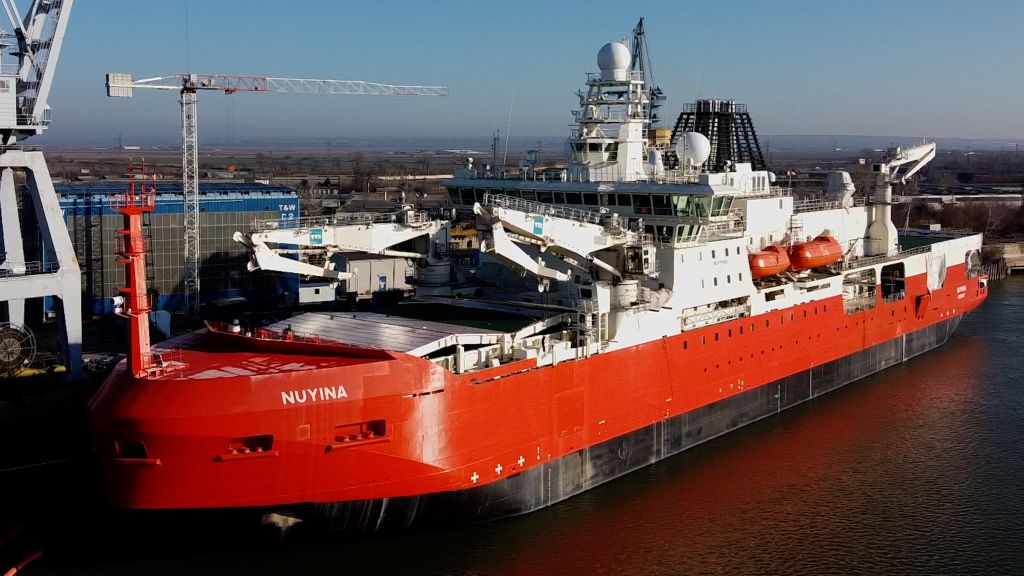
Captains Announced For RSV Nuyina


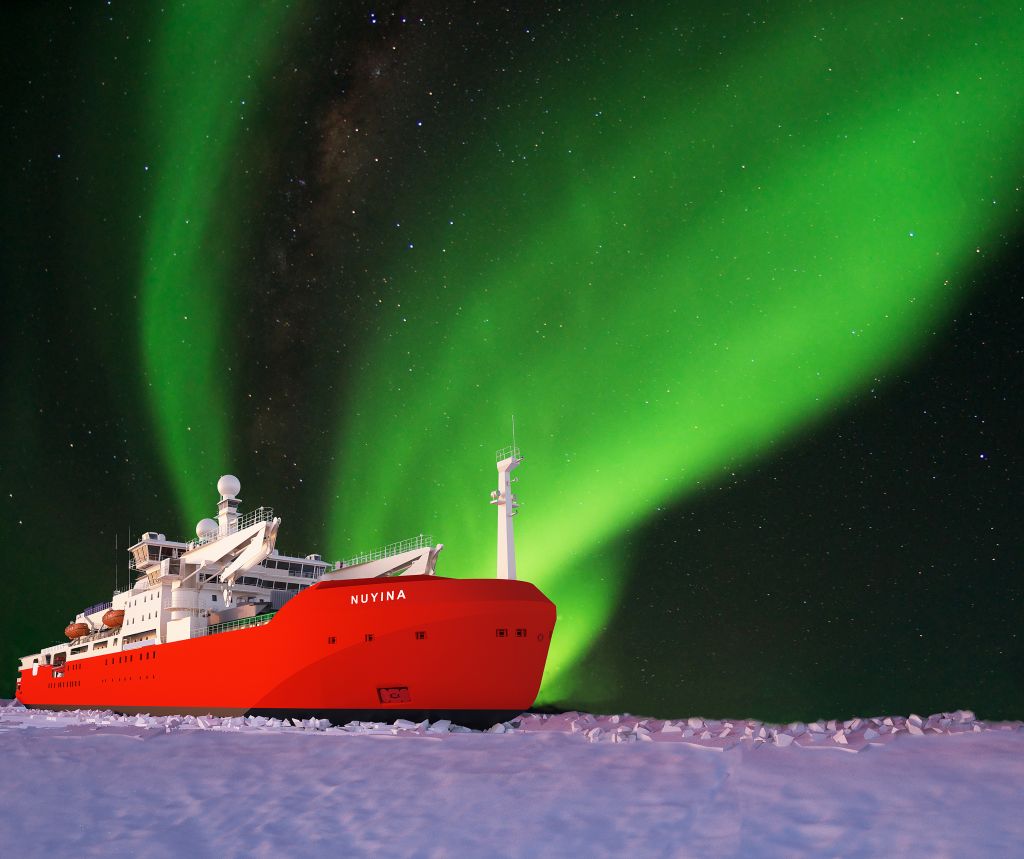
Changes To Public Meetings And Hearings: IPC
Christmas Island Discovery Redraws Map Of Life
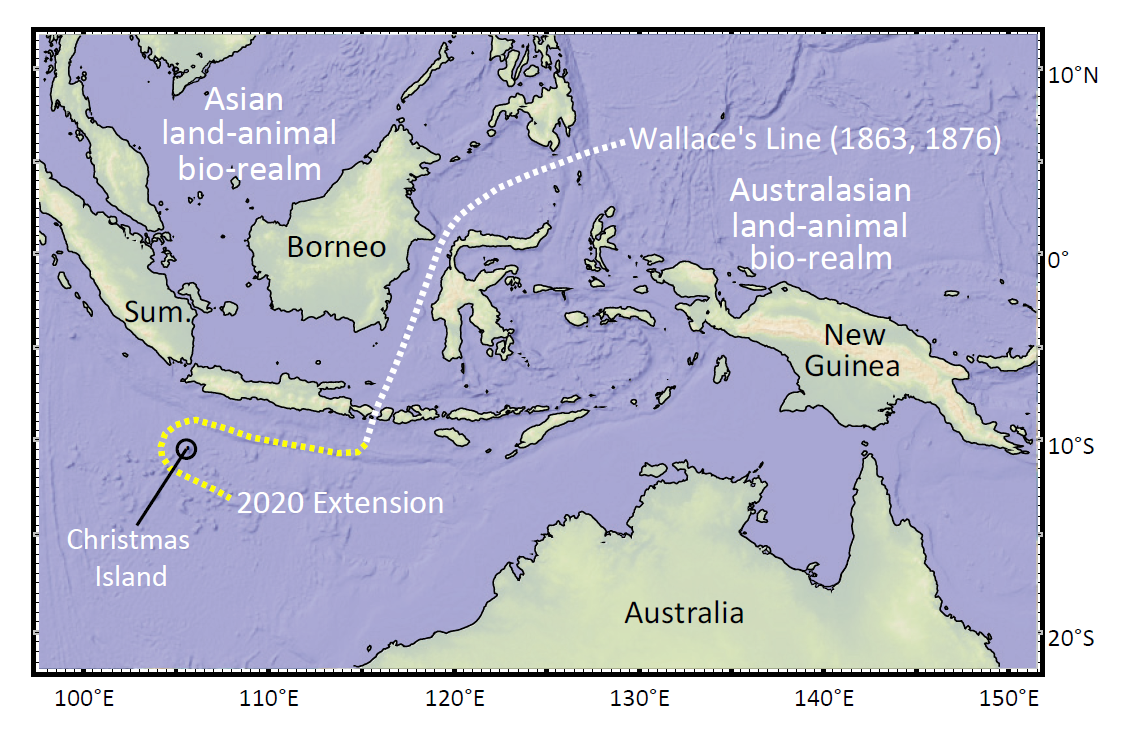
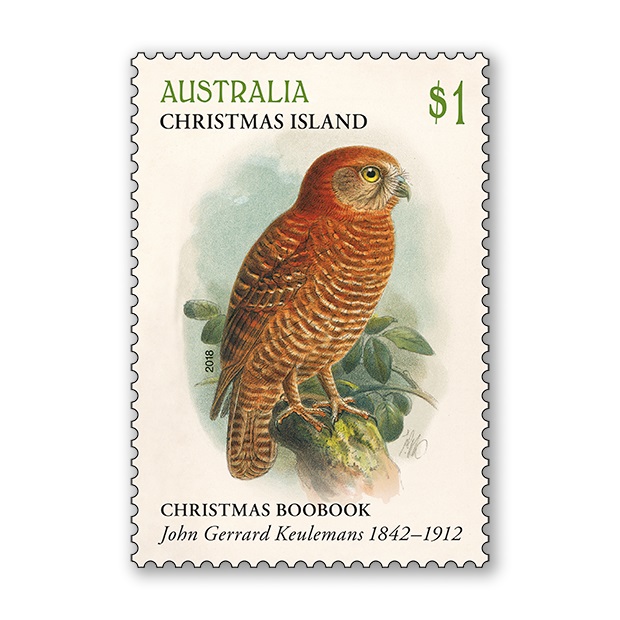
How Squid Communicate In The Dark
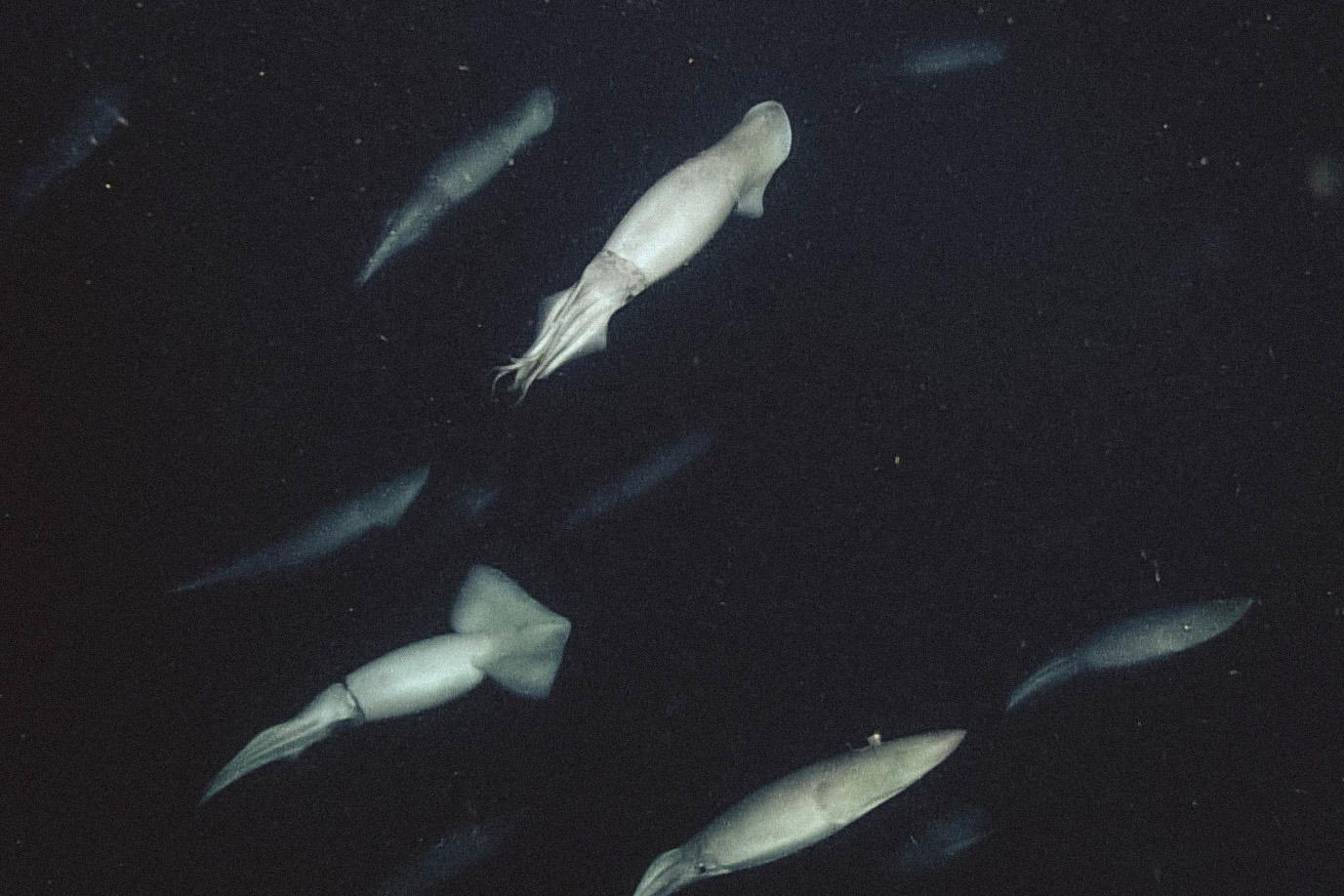
East Antarctica's Denman Glacier Has Retreated Almost 3 Miles Over Last 22 Years
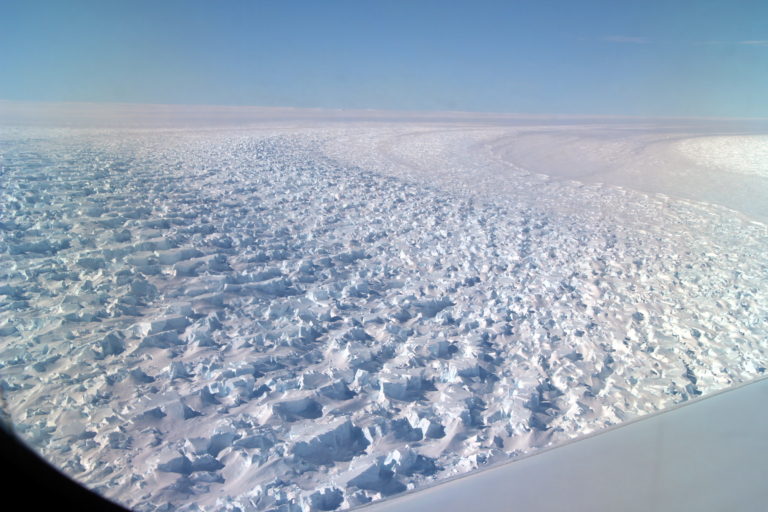
Aussie Bread Tags Collection Points

Please STAY HOME- 17 New Cases Here
National Seniors Welcomes New Financial Measures
MSO Live Streaming Of Concerts: Rimsky-Korsakov's Scheherazade
NLA Ebooks - Free To Download
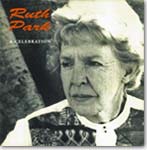 The National Library of Australia provides access to thousands of ebooks through its website, catalogue and eResources service. These include our own publications and digitised historical books from our collections as well as subscriptions to collections such as Chinese eResources, Early English Books Online and Ebsco ebooks.
The National Library of Australia provides access to thousands of ebooks through its website, catalogue and eResources service. These include our own publications and digitised historical books from our collections as well as subscriptions to collections such as Chinese eResources, Early English Books Online and Ebsco ebooks.The World At Your Finger Tips: Online
With current advice to stay at home and self-isolate, when you come in out of the garden, have had your fill of watching movies and want to explore something new, there's a whole world of books you can download, films you can watch and art galleries you can stroll through - all from at home and via the internet. This week a few suggestions of some of the resources available for you to explore and enjoy. For those who have a passion for Art - this month's Artist of the Month is the Online Australian Art Galleries and State Libraries where you can see great works of art from all over the world and here - both older works and contemporary works.
Also remember the Project Gutenberg Australia - link below - has heaps of great books!
NFSA - National Film And Sound Archive Of Australia
The doors may be temporarily closed but when it comes to the NFSA, we are always open online. We have content for Kids, Animal Lovers, Music fans, Film buffs & lots more.
You can explore what’s available online at the NFSA, see more in the link below.
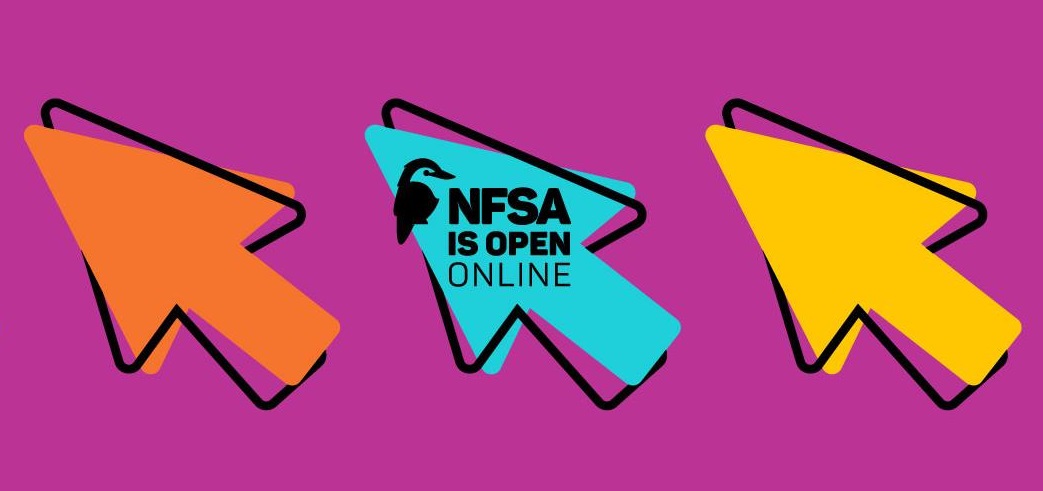
NLA Ebooks - Free To Download
 The National Library of Australia provides access to thousands of ebooks through its website, catalogue and eResources service. These include our own publications and digitised historical books from our collections as well as subscriptions to collections such as Chinese eResources, Early English Books Online and Ebsco ebooks.
The National Library of Australia provides access to thousands of ebooks through its website, catalogue and eResources service. These include our own publications and digitised historical books from our collections as well as subscriptions to collections such as Chinese eResources, Early English Books Online and Ebsco ebooks.The Internet Archive And Digital Library
The Internet Archive is an American digital library with the stated mission of "universal access to all knowledge." It provides free public access to collections of digitised materials, including websites, software applications/games, music, movies, videos, moving images, and millions of public-domain books. There's lots of Australian materials amongst the millions of works on offer.
Visit: https://archive.org/

Pets: The Voiceless Victims Of The COVID-19 Crisis
Cannabis Helps Fight Resistant Bacteria
- The bacteria could no longer divide normally.
- The expression of certain key genes (cell division and autolysis genes) in the bacteria was lowered.
- The bacterial membrane became unstable.
EDNA Provides Researchers With 'More Than Meets The Eye'
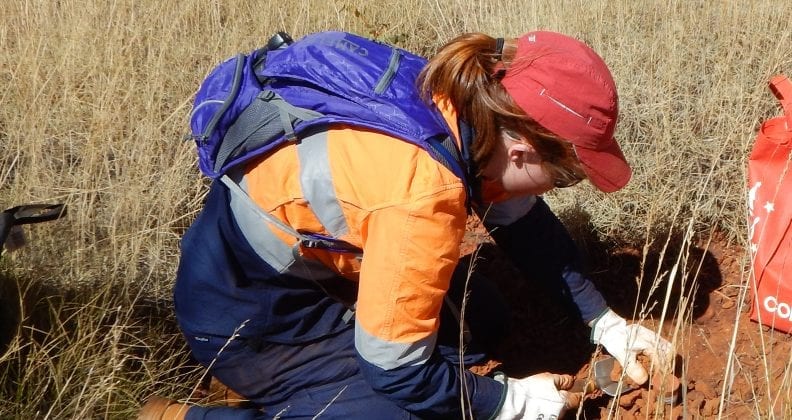
Art In Times Of Crisis
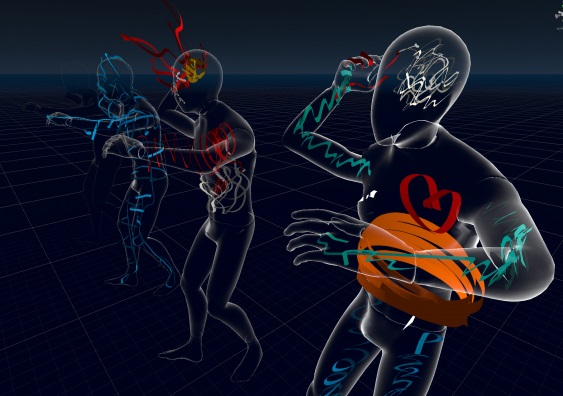
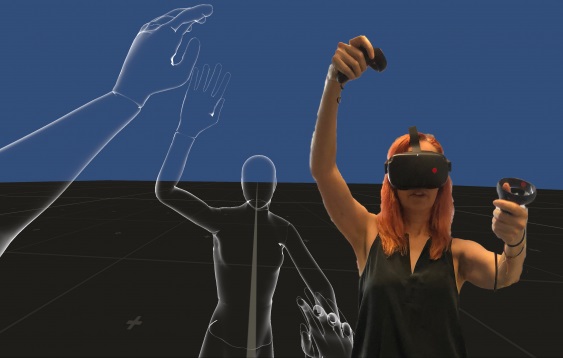
Ancestor Of All Animals Identified In Australian Fossils
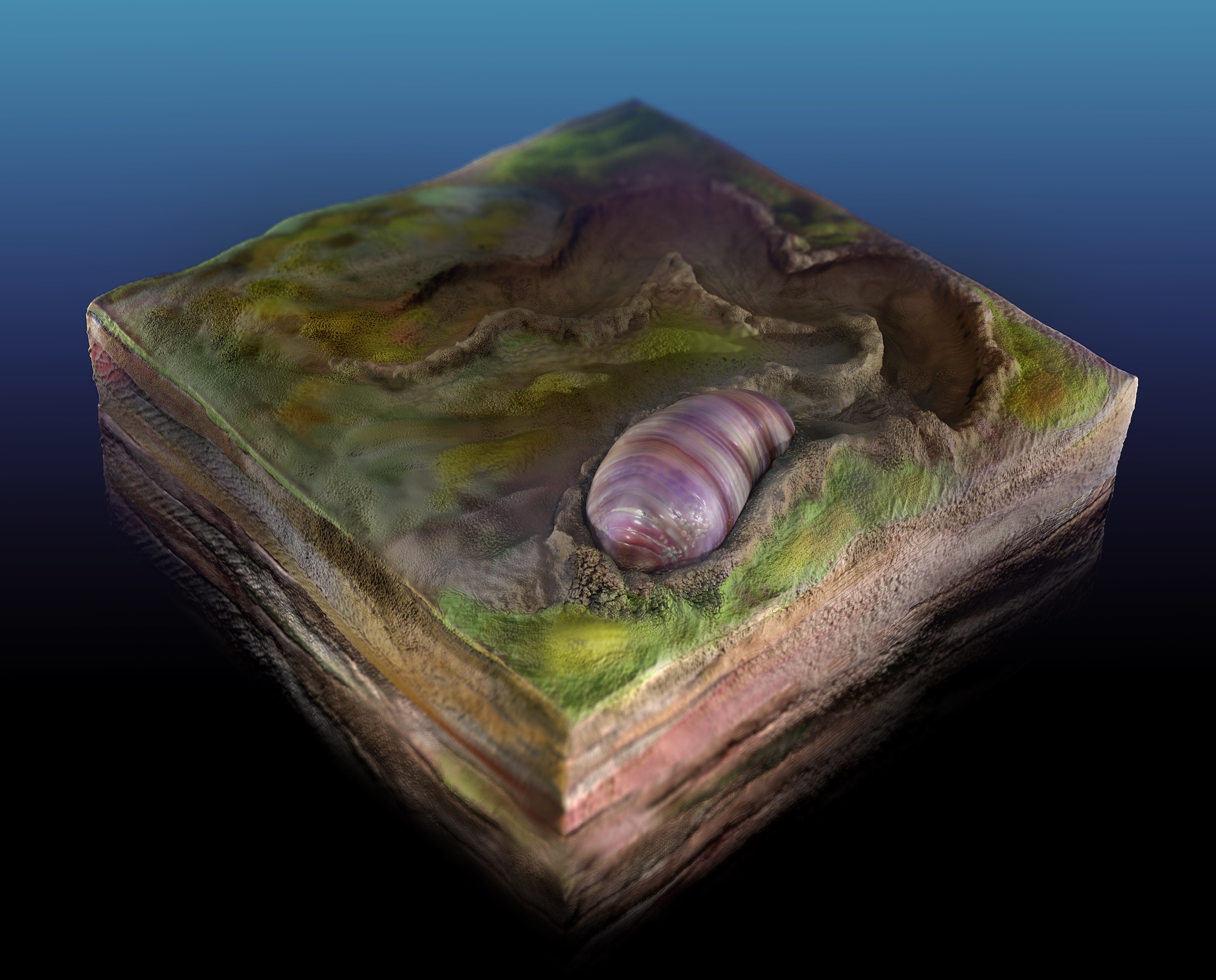
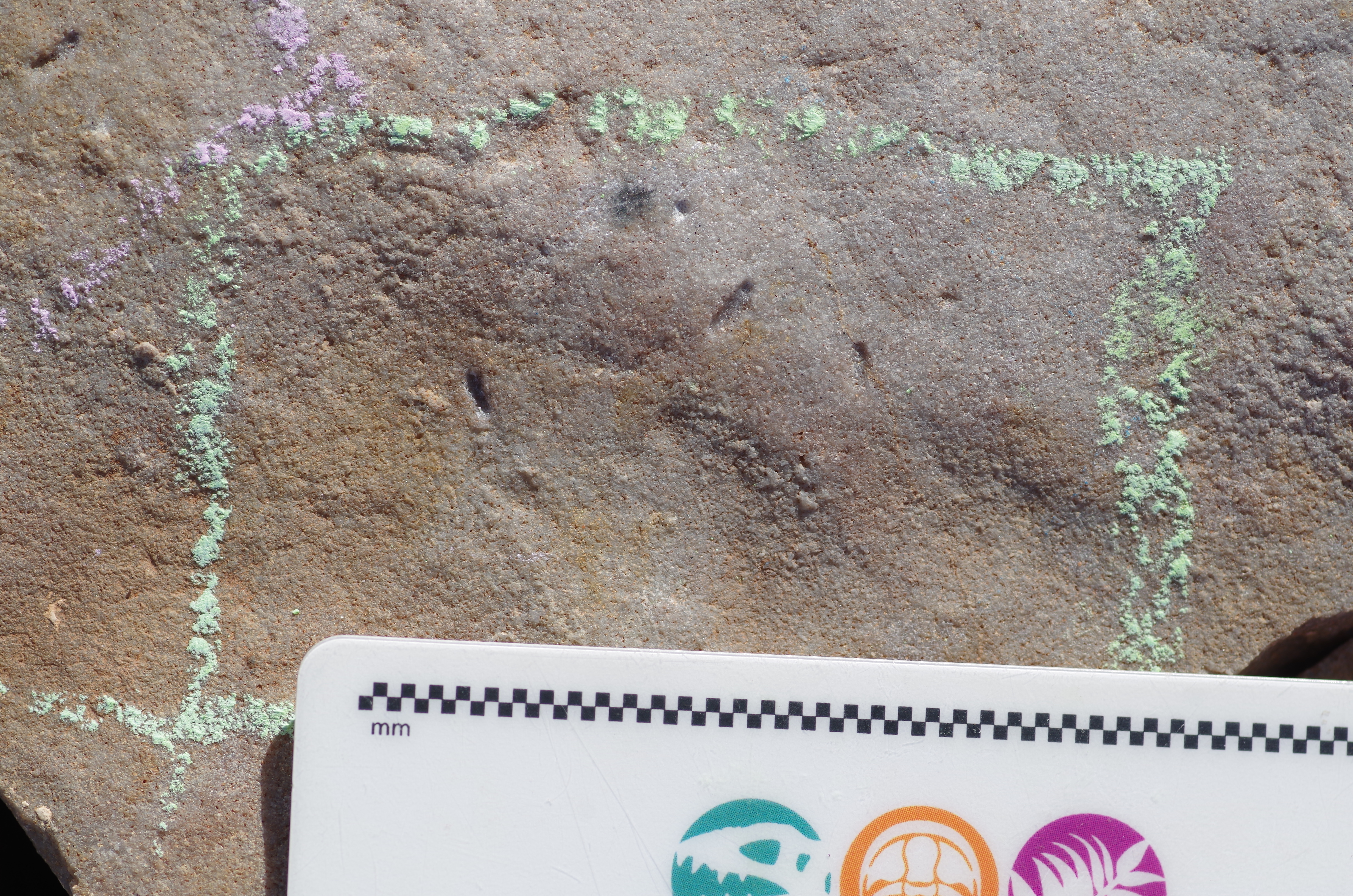
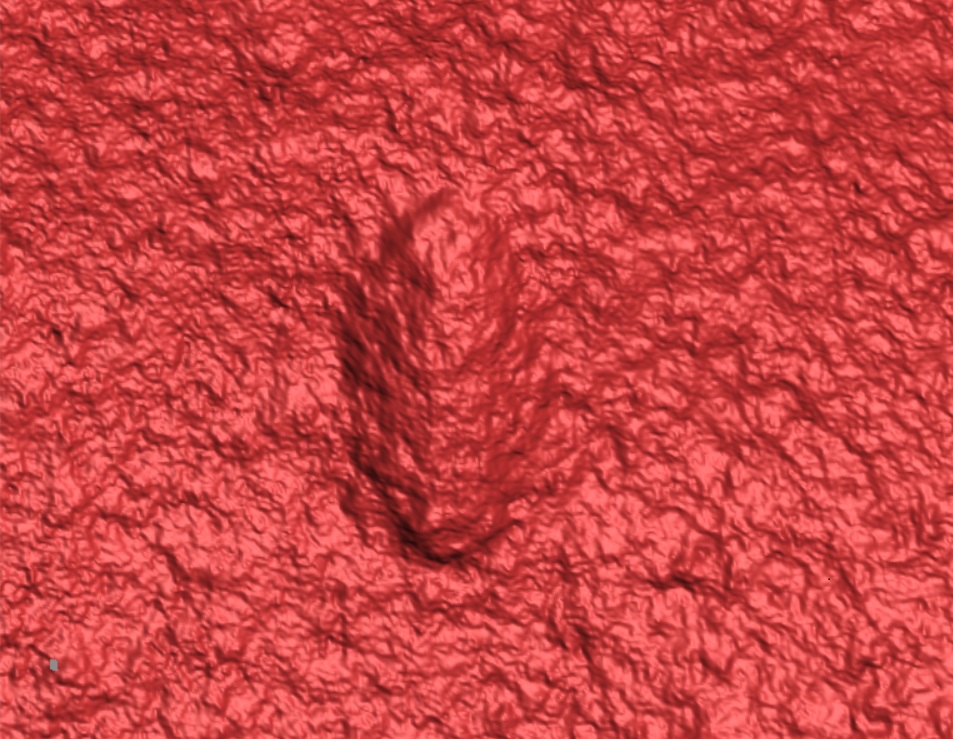
Bushfire Smoke And Pollution Responsible For Over 400 Excess Deaths
Aboriginal Scars From Frontier Wars
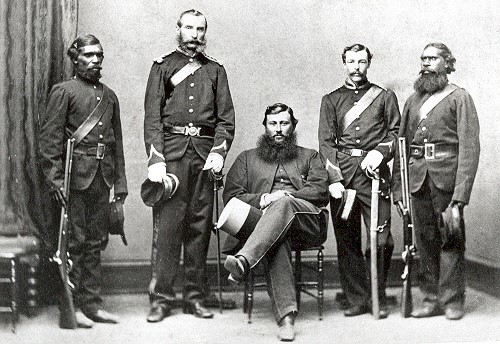
Disclaimer: These articles are not intended to provide medical advice, diagnosis or treatment. Views expressed here do not necessarily reflect those of Pittwater Online News or its staff.